Scotland Road
-
was there a pub on taylor street? ted and lucy billsborogh - lucy was my aunt - hope you can name the pub - thanks
-
A fascinating shot looking up the hill of old Everton, taken from near Scottie Road. To get your bearings, what looks like a church with twin towers (top right) was the Anne Fowler Home for Women. The building was originally a Welsh Congregational Church, reflecting the number of Welsh people that 'emigrated' to Everton. Picture researched by Denis Hargreaves.

-
Denis Hargreaves upload: 1911 Scotland Rd,... showing Thorns Cafe on the left and further down on the far right with the three sun blinds down is Flemings Jeans,....both closed in the 1960s due to the plans for the Kingsway Tunnel and it's loop roads.The photo is taken from St Martins "Paddy's" Market
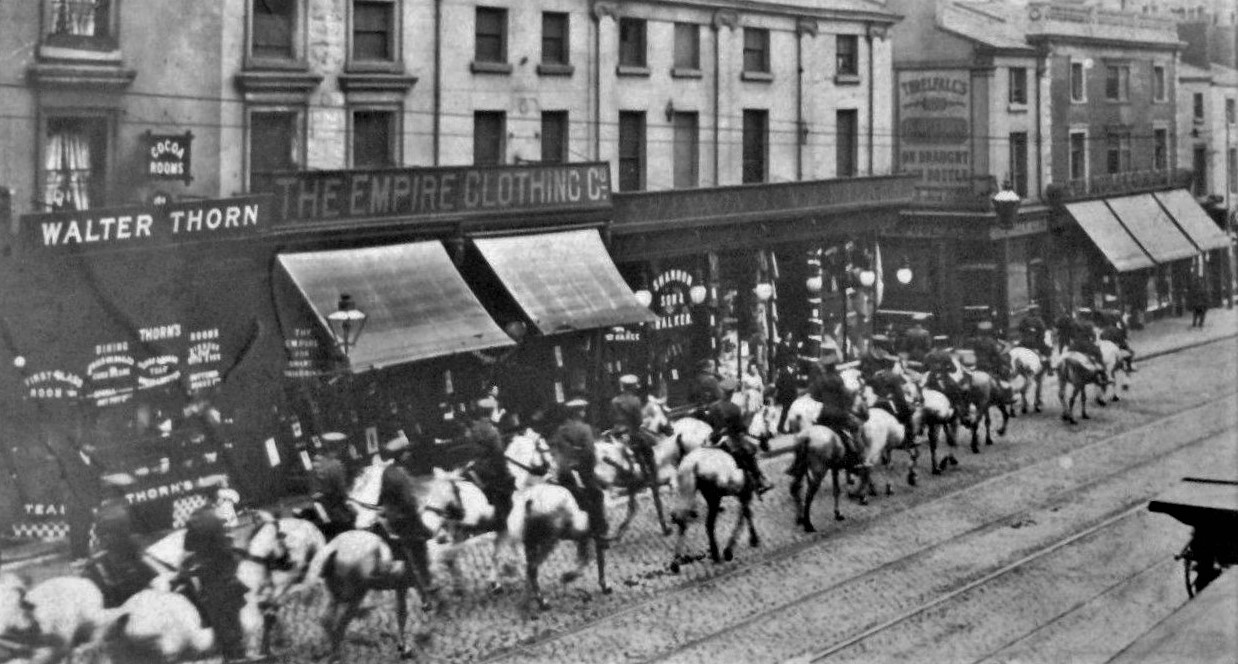
-
The famous Flemings jeans store on Scotland Road.

-
Always good to see some of the little shops on old Scotland Road like Clark's and Elsie's.
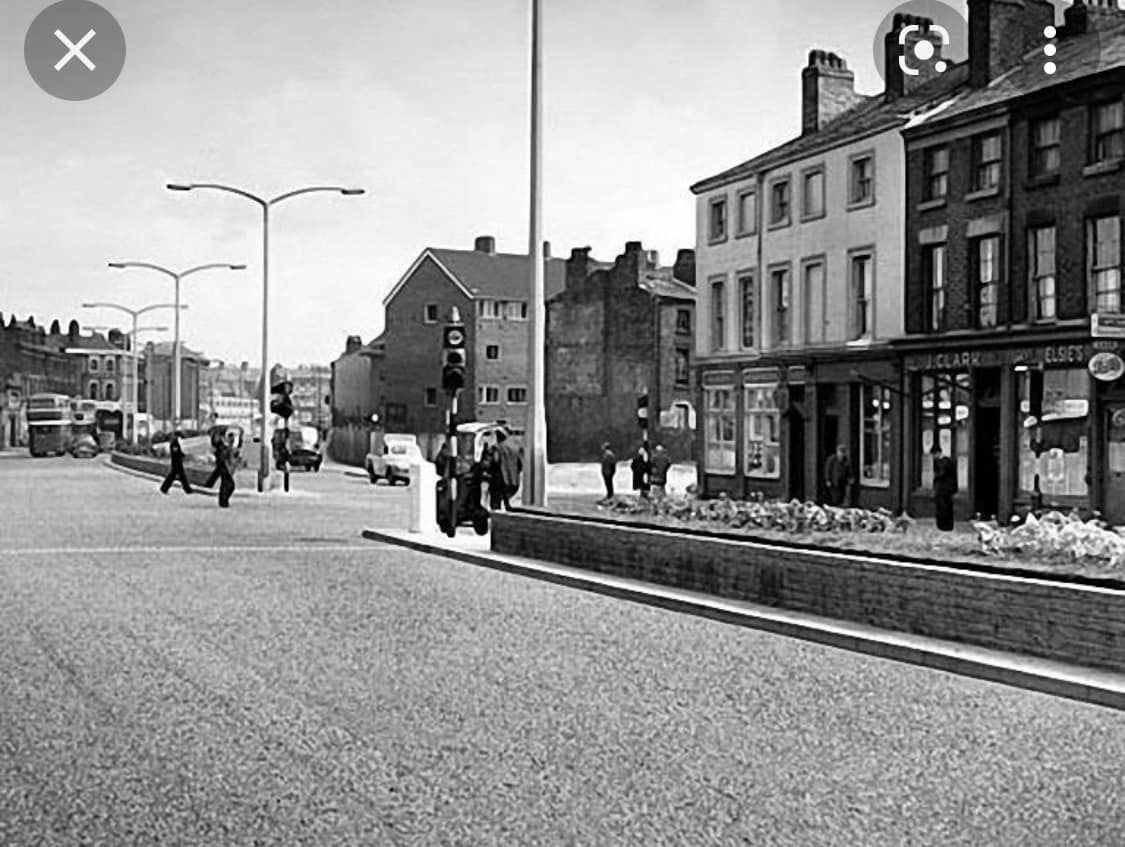
-
Scotland Road at Bevington Hill 1966

-
Scotland Road across Great Homer Street in 1970, a Denis Hargreaves upload.
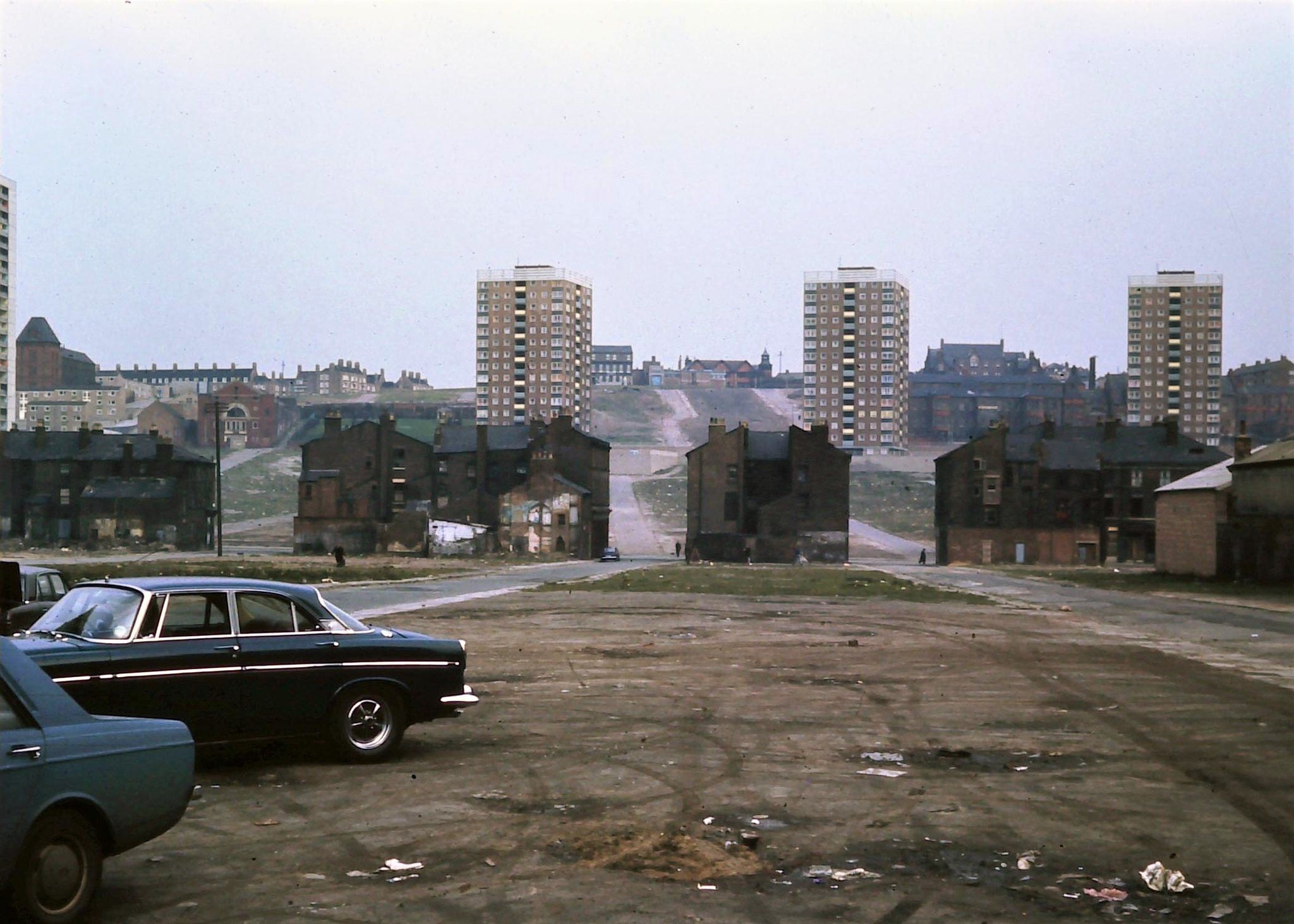
-
Fascinating picture of the block of premises that once stood on 'Scottie' between Silvester Street and Woodstock Street. One shop is is prominently declaring that it repairs 'Artificial Teeth' with a window guarantee that you will have them back within two hours. Next door, spectacle frames are on sale at five shillings. That's your teeth and your eyes sorted. There was a barbers over the road if you wanted to get your hair done, all set again for the weekend!
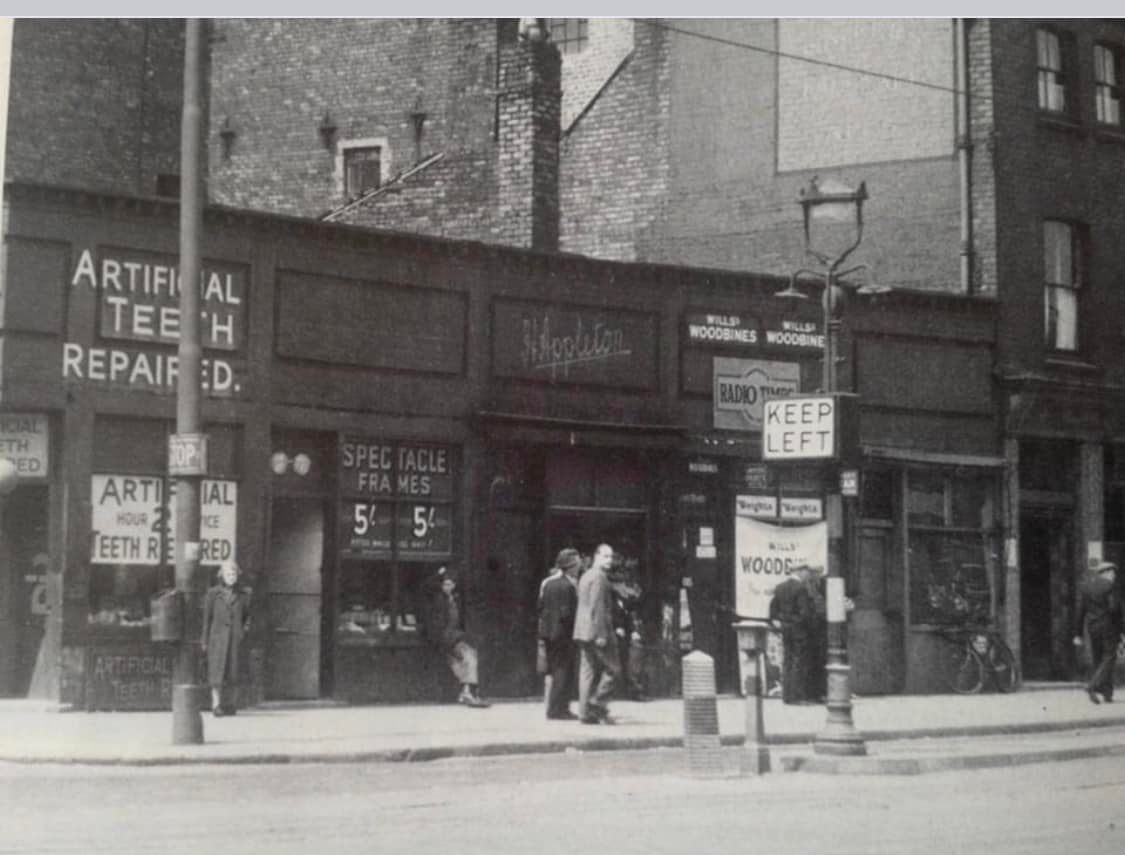
-
A wonderful 1850 drawing of St Anthony's Roman Catholic Church on Scotland Road with the equally famous St George's Church of England high on Everton ridge to the left.
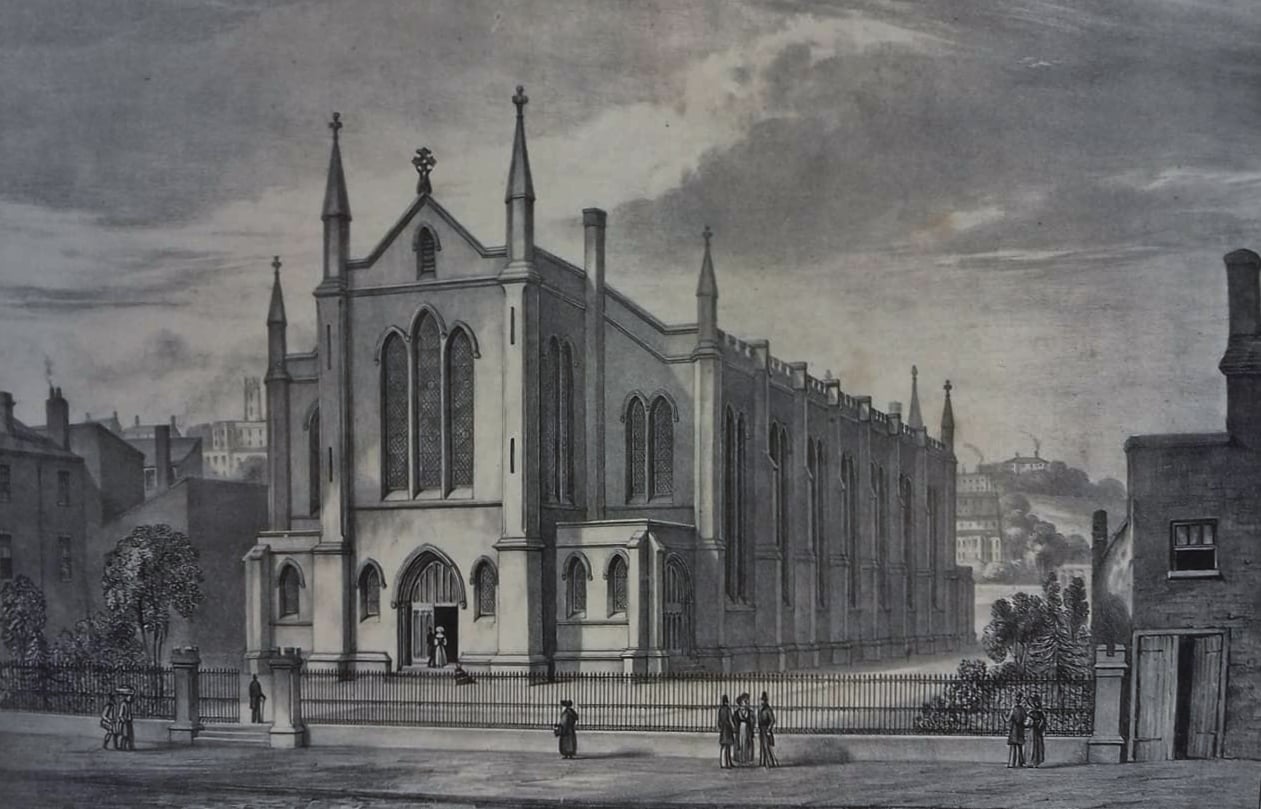
-
Scotland Road, 1906

-
287 Scotland Road, left of the shutters, the former home of Terry McArdle and family between 1950 and 1965.
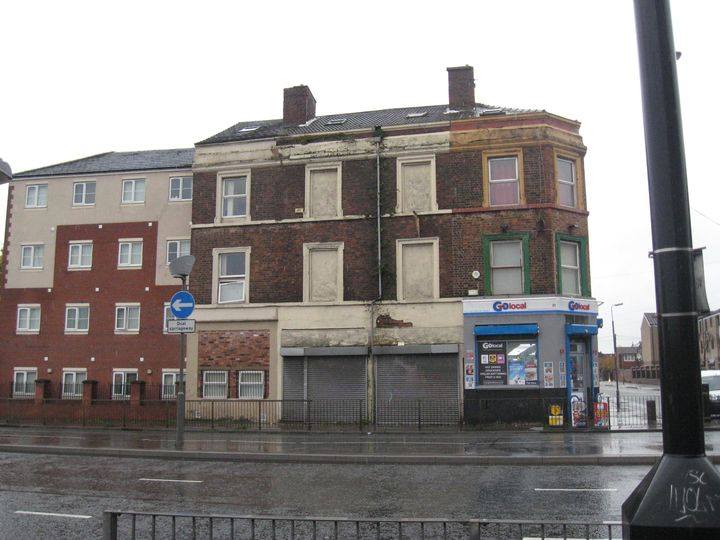
-
Waiting for a procession on Scotland Toad, looking north.
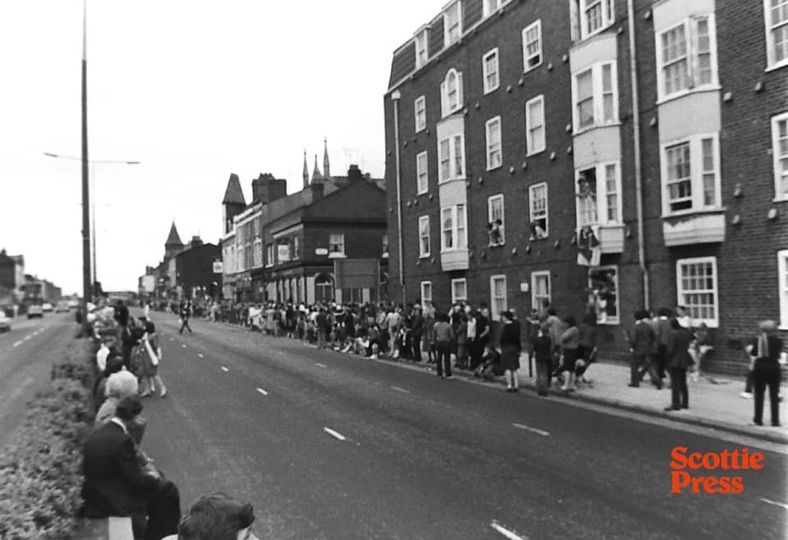
-
Looking across to the Honkey Tonk pub with Woodstock Gardens behind.

-
A typical old block on Scottie Road

-
Scotland Road 1967 showing Cookson's and the ULCA cleaners.
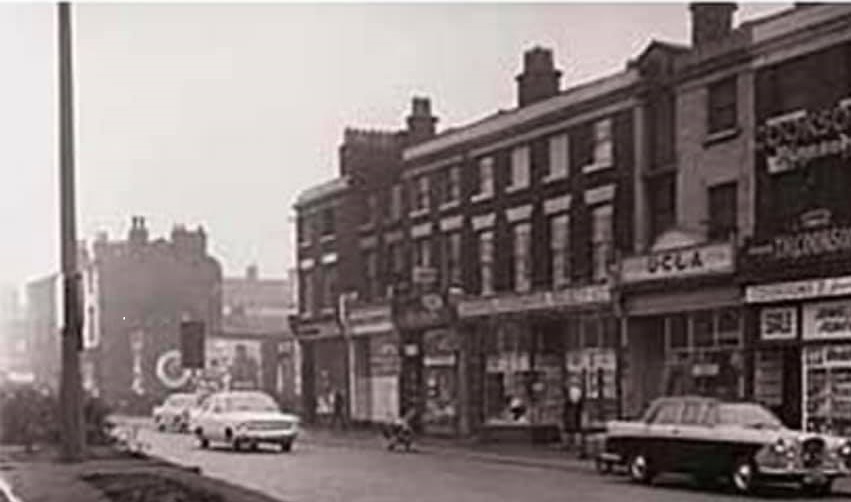
-
A busy Scotland Road looking north from Mile End. The cars should date it.

-
People scramble to get on one of the old 44D 'Corpy' buses to Kirkby from this Scotland Road stop.

-
Cilla Black's family lived above the barbers here on Scotland Road, next door to a bank and a Chinese Laundry and close to St Anthony's Church.
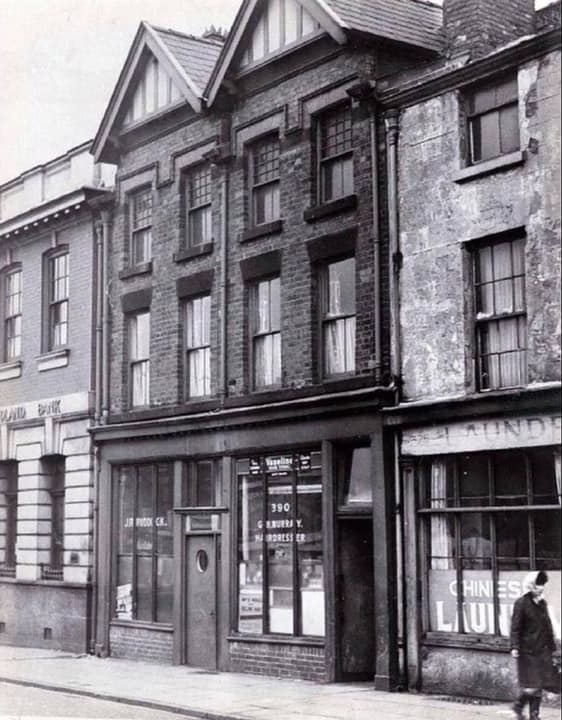
-
Martin's Bank on 'Scottie'.
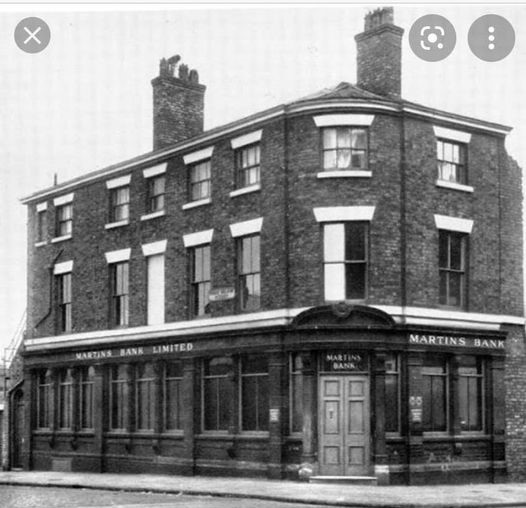
-
Another superb colourised image of the impressive former Rotunda Theatre that stood on that familiar triangle of land between Scottie, Stanley Road and Boundary Street. The Rotunda was bombed during WW2 and then demolished, but many people still refer to the site as the Rotunda. Thanks to Mike Pealing for the colourisation.

-
A wonderful old aerial shot looking across Byrom Street (lower right) which in turn, of course, becomes Scotland Road. You can spend a lot of time looking for the old tenement blocks and churches.

-
The famous Ellis's store on Scottie flanked by Hornby and Tenterden Streets.
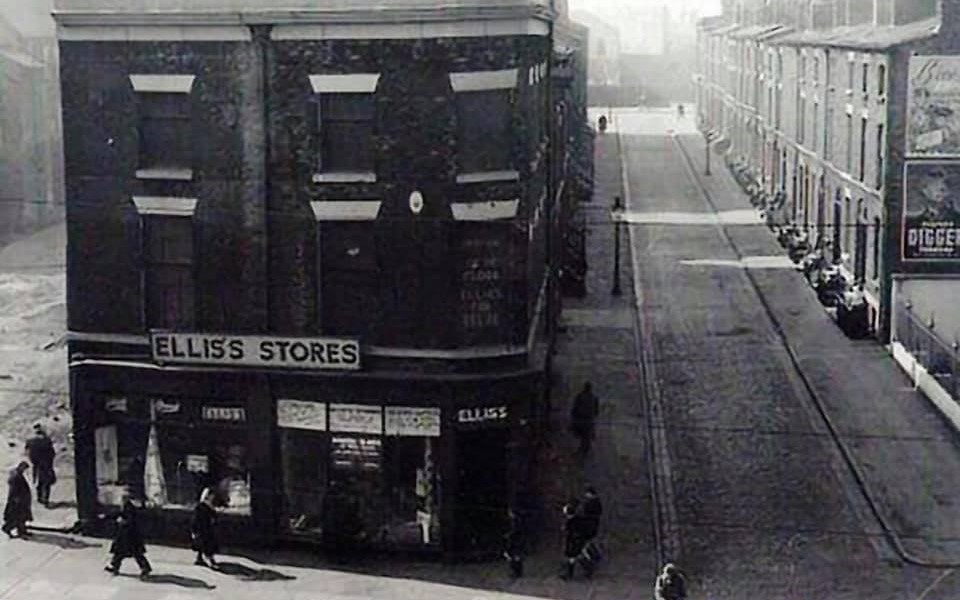
-
Ladies chat on old Scotland Road.

-
A wonderful old shot showing Scotland Road and Bevington Bush.
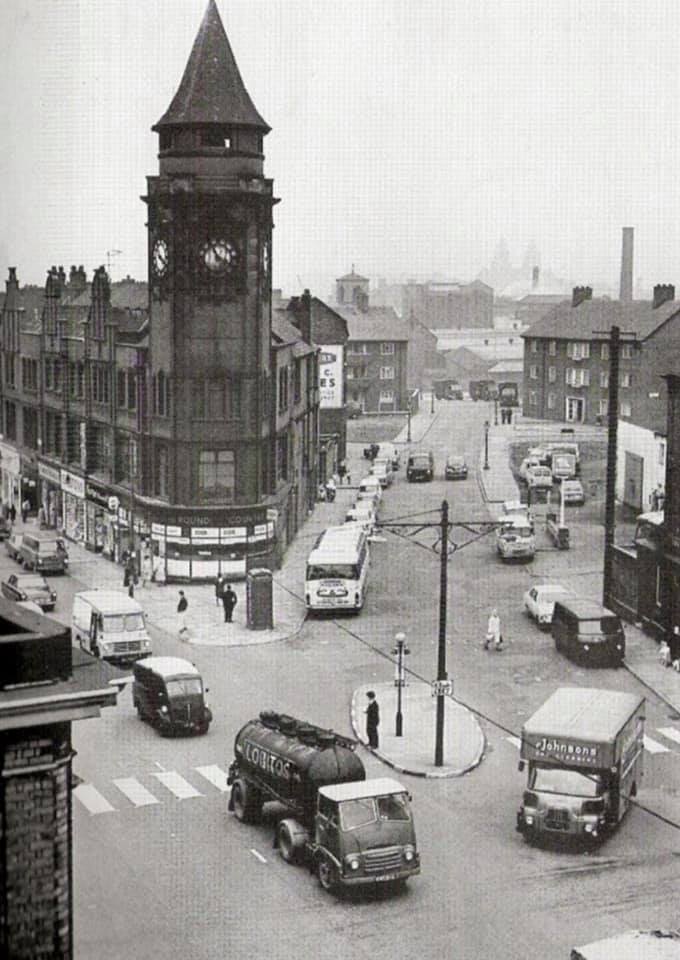
-
A wonderful image looking across to Scotland Road from Stanley Road and the triangle of ground with the former underground public toilets.
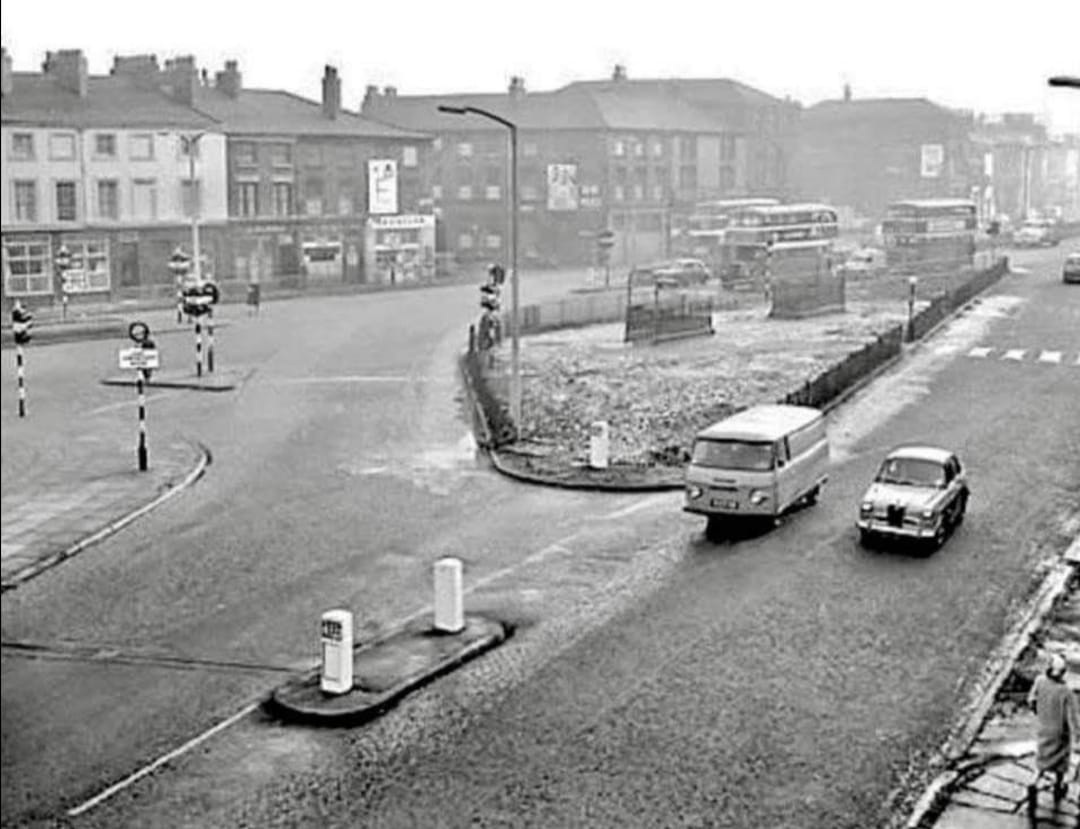
-
A happy Cilla Black outside her parents' old flat on Scottie Road.
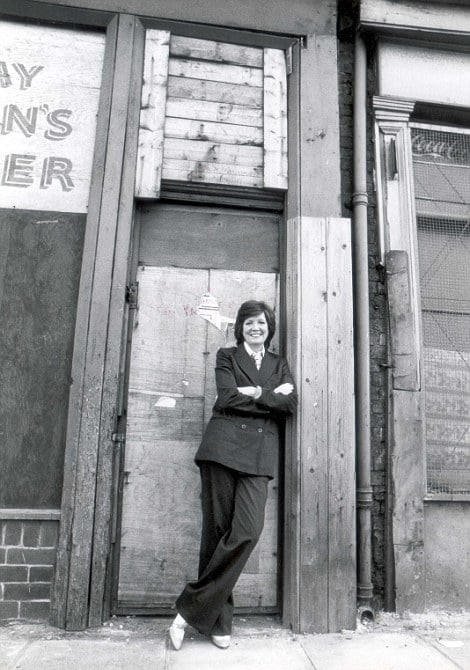
-
A wonderful picture of the horses and carriages, the taxis of their day, waiting for customers to emerge from the famous Rotunda Theatre that once stood on that well known triangle of land bordered by Scotland Road, Stanley Road and Boundary Street.
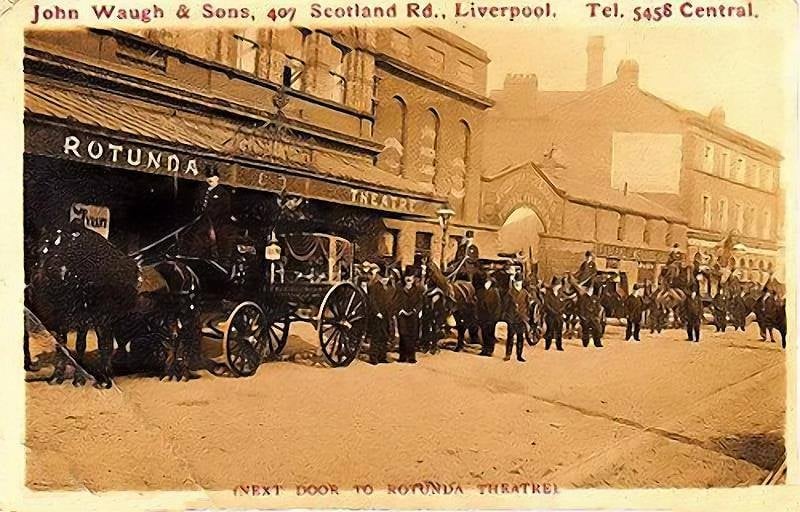
-
Denis Hargreaves explained on the Netherfield Rd & District Facebook: It’s the 1960s and St Martin’s 'Paddy's' Market’ is being demolished on the left. After that is Hawley Street with the Black Bull Inn just past it. The photo was taken outside Flemings Jeans shop. The tower in the distance stands on the corner of Bevington Bush.
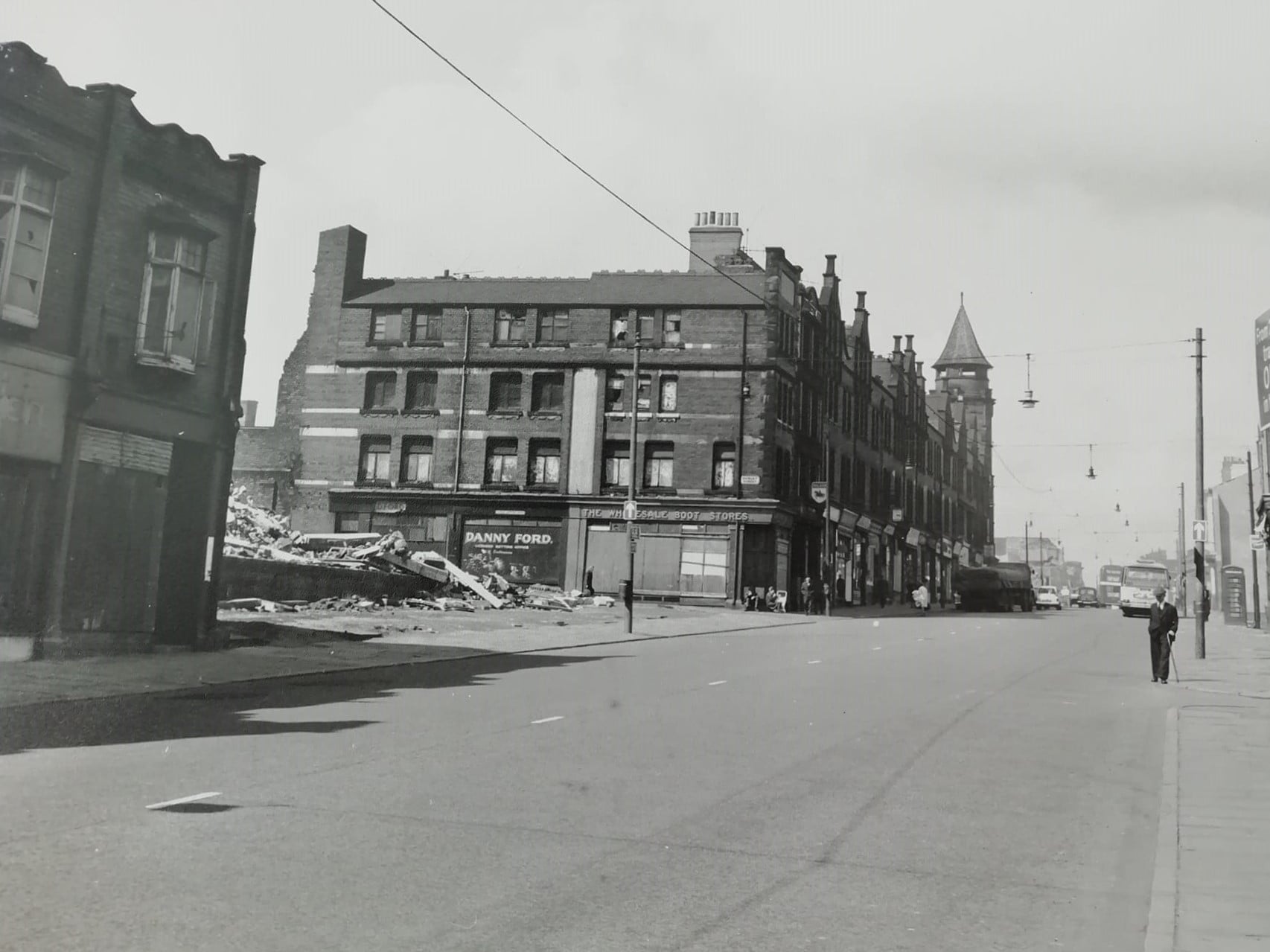
-
Scotland Road with the Victoria Gardens tenements in the background, uploaded to the Netherfield Road Facebook by Mary Thornton.
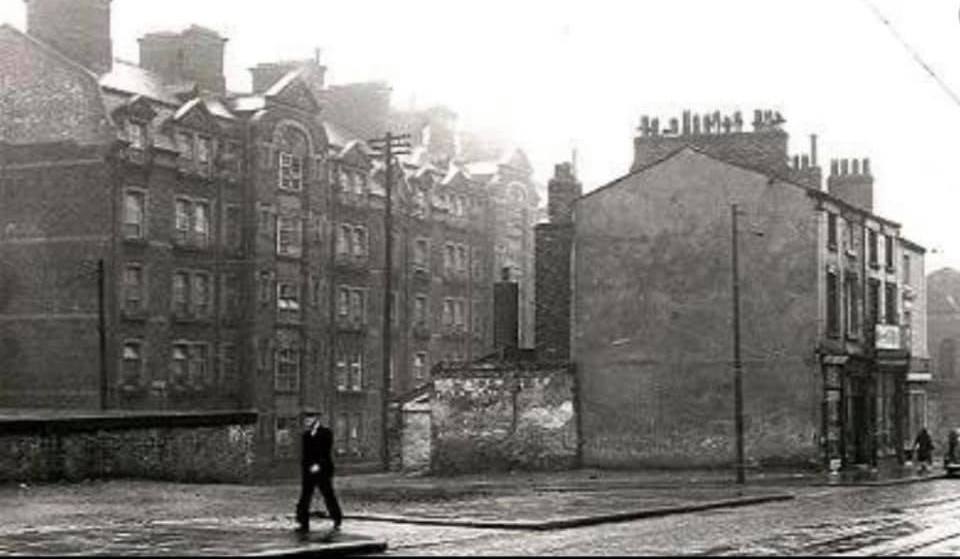
-
A wonderful long range shot of St Anthony's Roman Catholic Church on Scotland Road, uploaded to the Netherfield Road Facebook by Nanny Willow.

-
People often incorrectly dub the old 'Greaty' open Air Market as 'Paddy's Market' when in fact it was this this smaller enclosed market (St Martin's) on Scotland Road
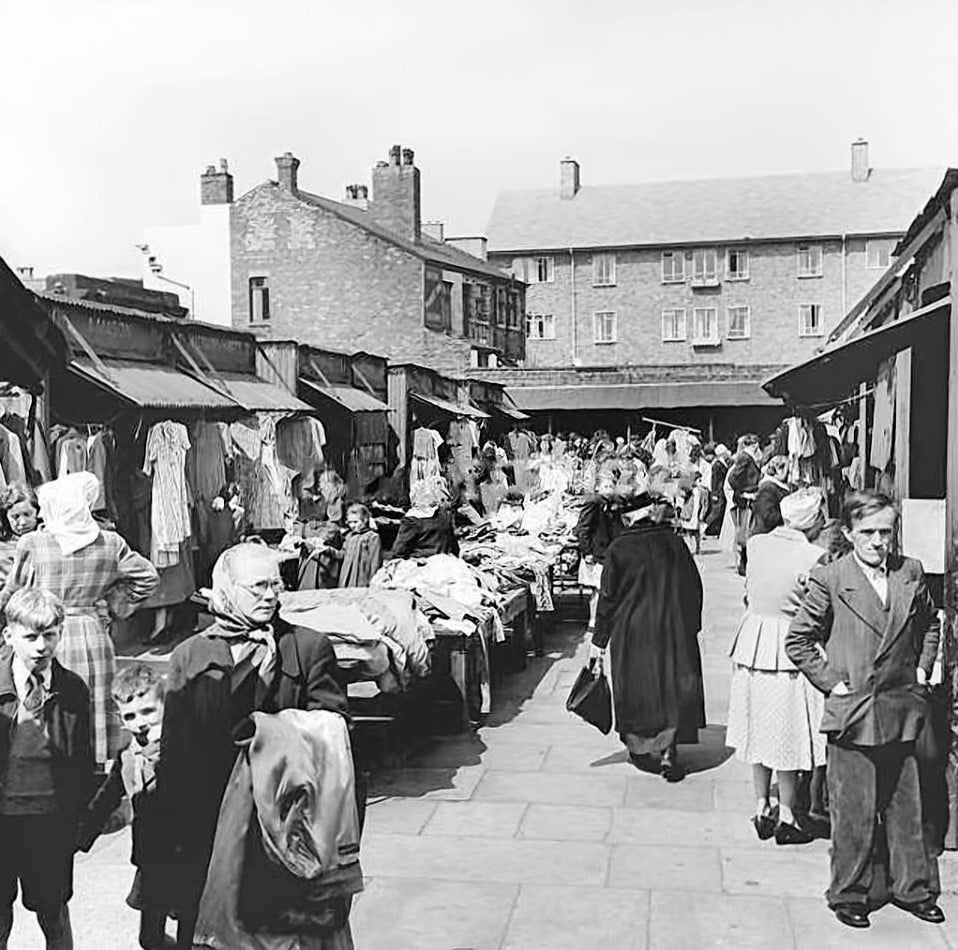
-
Nothing like crossing with a 'Bobby' on Scotland Road with the large tenements dominating on the other side of this famous road..
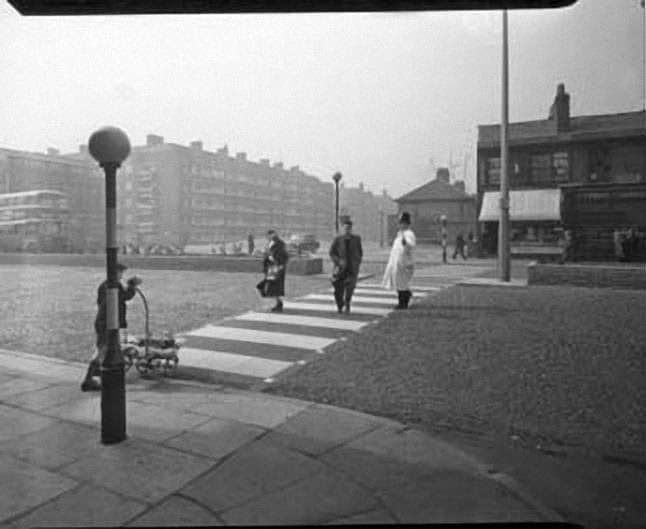
-
It doesn't take long for a piece of waste ground to become a burned out tip, frustrating for the people living nearby in the Scotland Road area. This is in the shadow of the famous St Anthony's Church (top left). Uploaded to Netherfield Road & S.A. Facebook by Denis Hargreaves.

-
Map of the Rotunda area of Scotland Road highlighting many of the famous old streets.
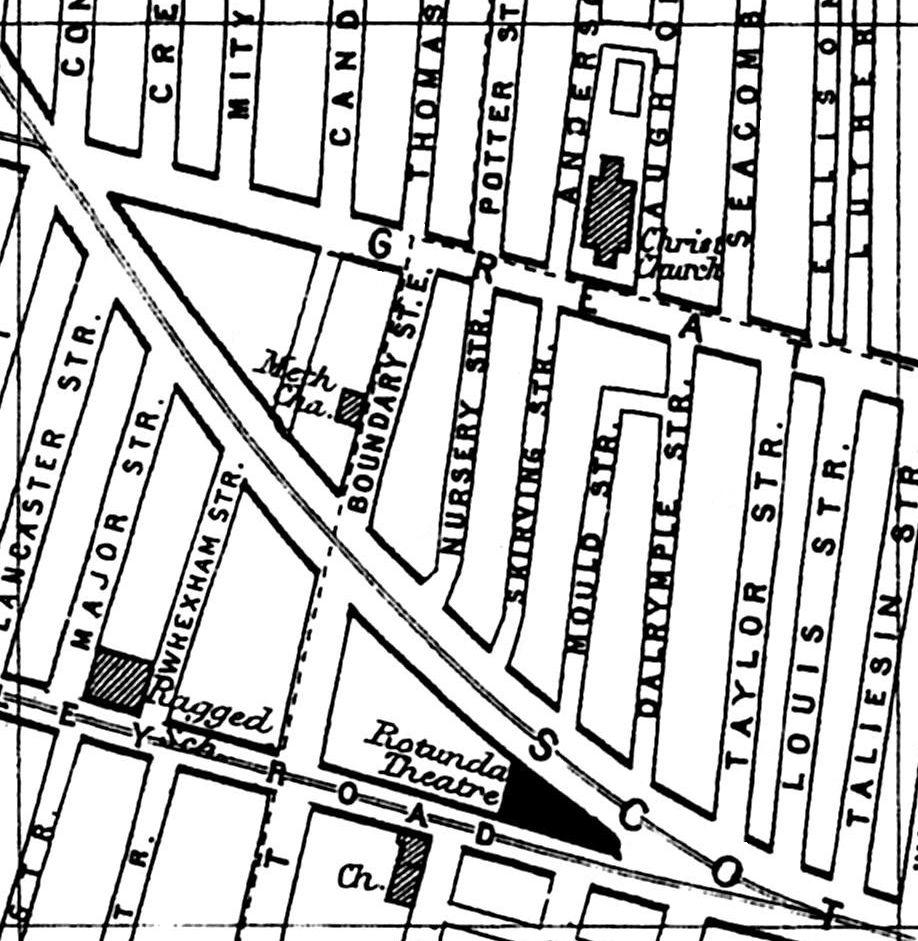
-
Scotland Road, 1965, looking towards the Rotunda.
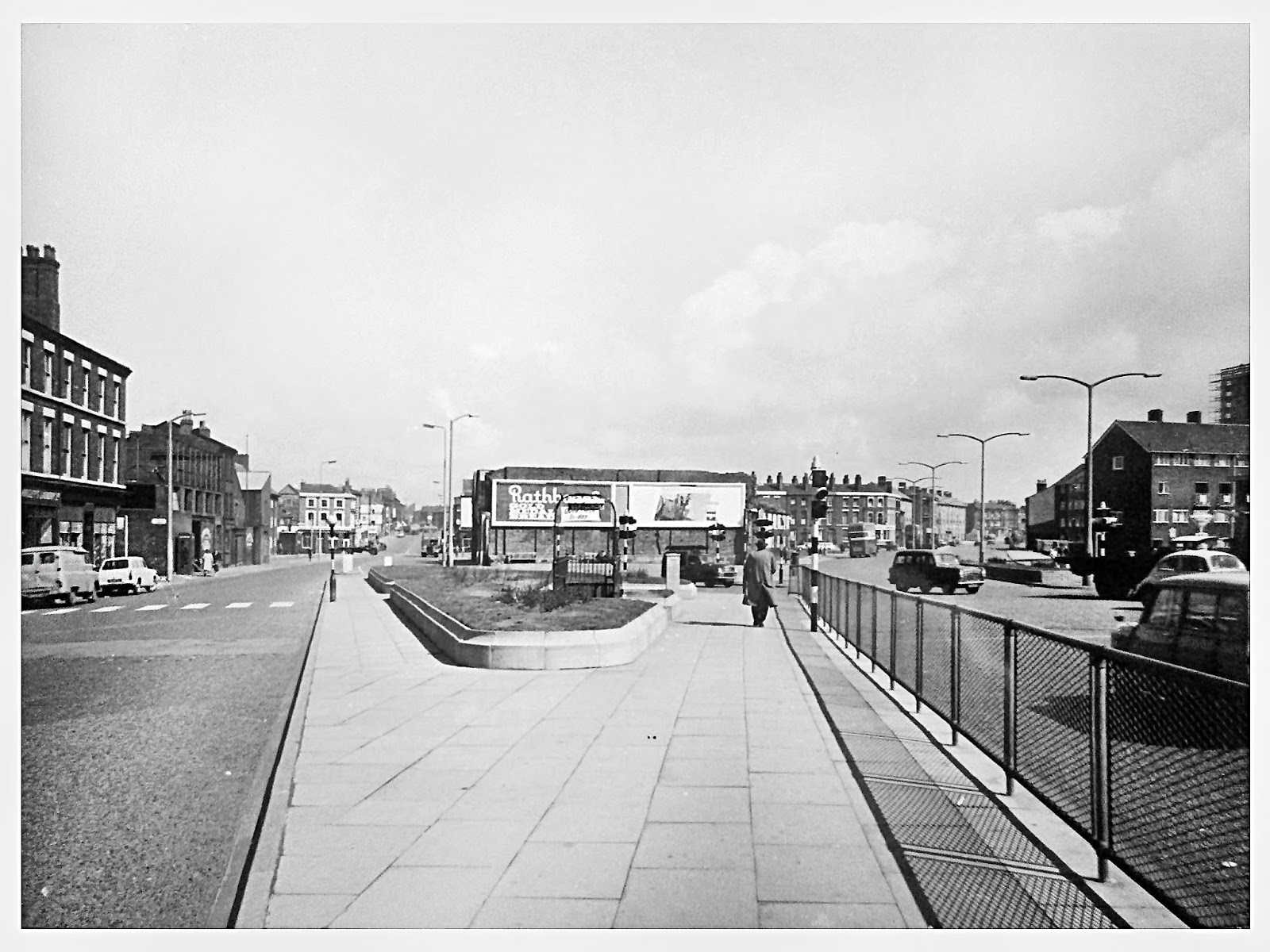
-
It's 1880 and two proud workers are pictured outside the Pegram's Tea suppliers at 385 Scotland Road.

-
Mind how you go now . . . a 'Bobby' sees some kids across the busy 'Scottie Road'.
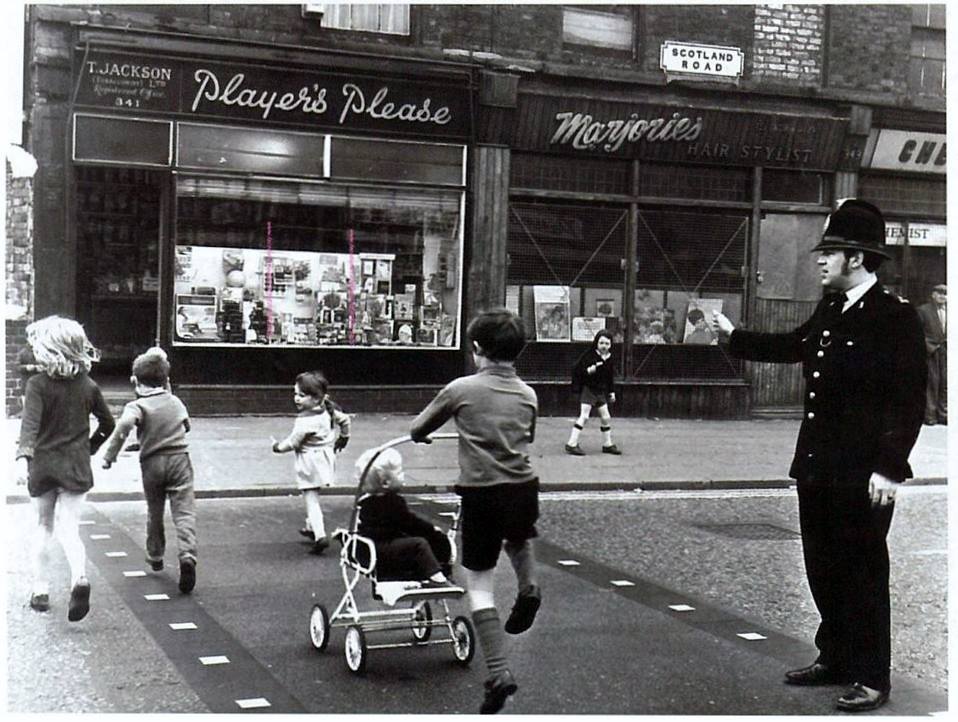
-
A fine view down a surprisingly quiet Scotland Road in 1965, picking up St Anthony's Church, the Throstle's Nest Pub and the former tenements that were such a landmark.
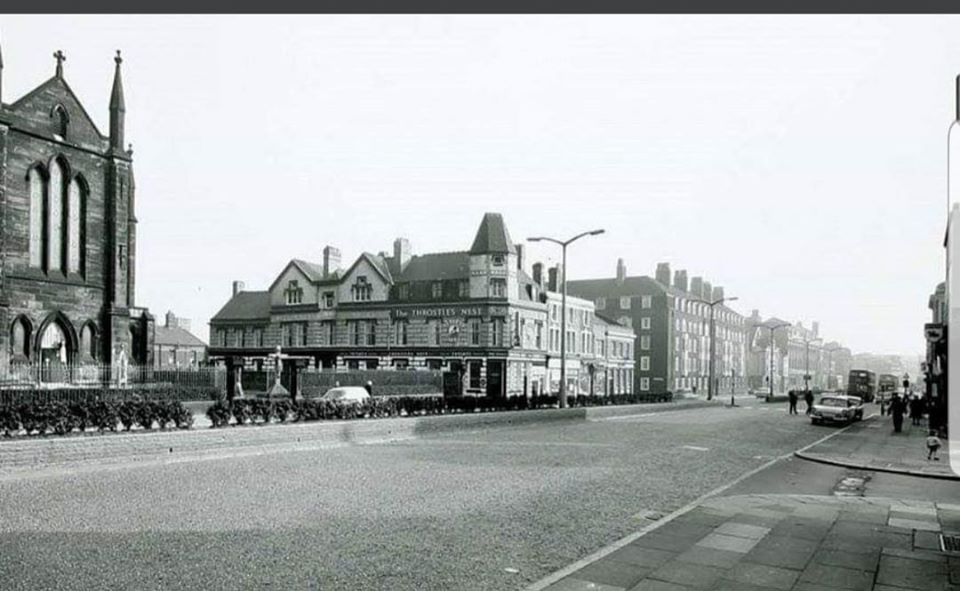
-
Scottie Road in a very different era. A remarkable insight into Everton's famous hill, drawn in 1818 from Great Mersey Street. The fields in the foreground would soon become a concrete jungle packed full of terraced streets. The first mansions seen to the left of the image stand on what is now Netherfield Road North. Indeed, these particular properties would later become the famous Victoria Settlement community centre. Canon Thomas Major Lester, a local vicar at nearby St Mary's Church on Walton Road, a champion for local poor children, lived in one of these elevated villas. His name would later be enshrined in the name of two local schools, Major Street and Major Lester. St George's Church is top centre, then just four years old, having opened its doors in 1814. The villa in front of the church tower belonged to James Atherton, the visionary who inspired the building of the 'Iron Church' and the man who later developed New Brighton as a seaside resort for Merseyside. The hill drops down to the right towards Everton Village. This artist's impression provides a remarkable insight into the Everton of that period with its grand houses and mansions, still very much in the countryside. Within 50 years the densely packed terraced street community I was brought up in would already be sweeping up the hill to dominate this scene. By 1880, my own street, Melbourne, was in place to the left of Canon Major Lester's villa, running steeply between Netherfield Road and St Domingo Road. Have you spotted the stagecoach (bottom left) making its way into Liverpool towards Scotland Road, ignored completely by the cattle in the fields.

-
A superb early drawing of St Anthony's Roman Catholic church on Scotland Road. Congratulations to the artist whose eye for detail is clearly in evidence. He picks out St George's C of E Church high on Everton ridge (top left) and draws the large mansion in front of it, presumably the home of James Atherton who was the driving force behind the building of the famous 'Iron Church' in 1814. These days, the site of Atherton's hilltop mansion is fittingly the modern Atherton Close,
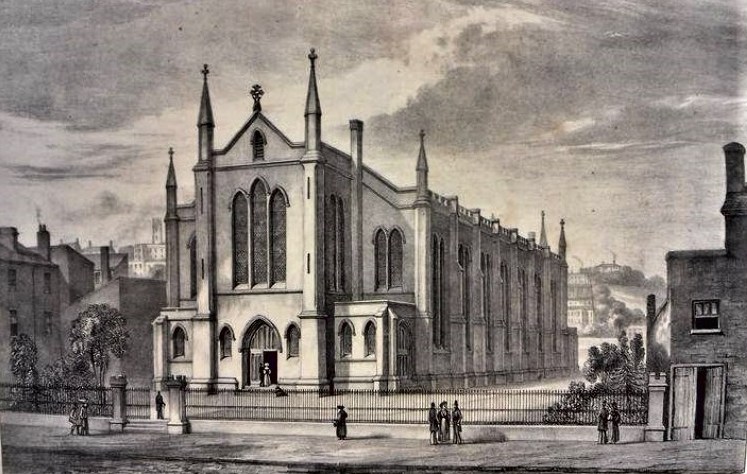
-
A fine colourised image of the former Rotunda Theatre that stood in the triangular plot at the junction of Scotland Road and Stanley Road.
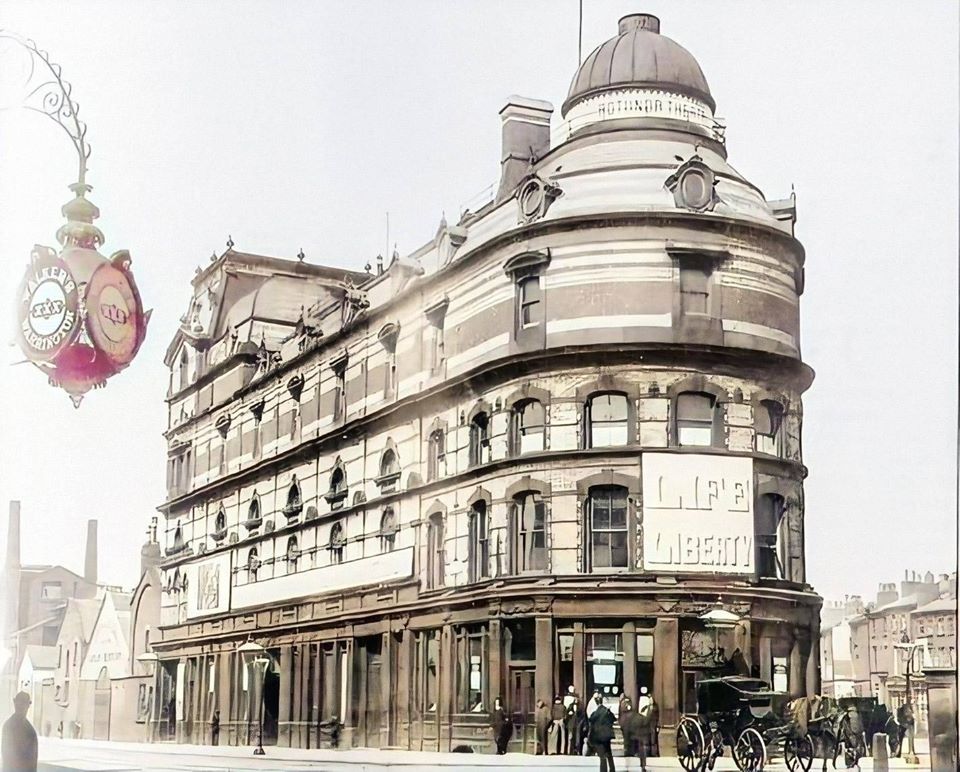
-
Waiting for one of the famous pubs to open on Scotland Road.
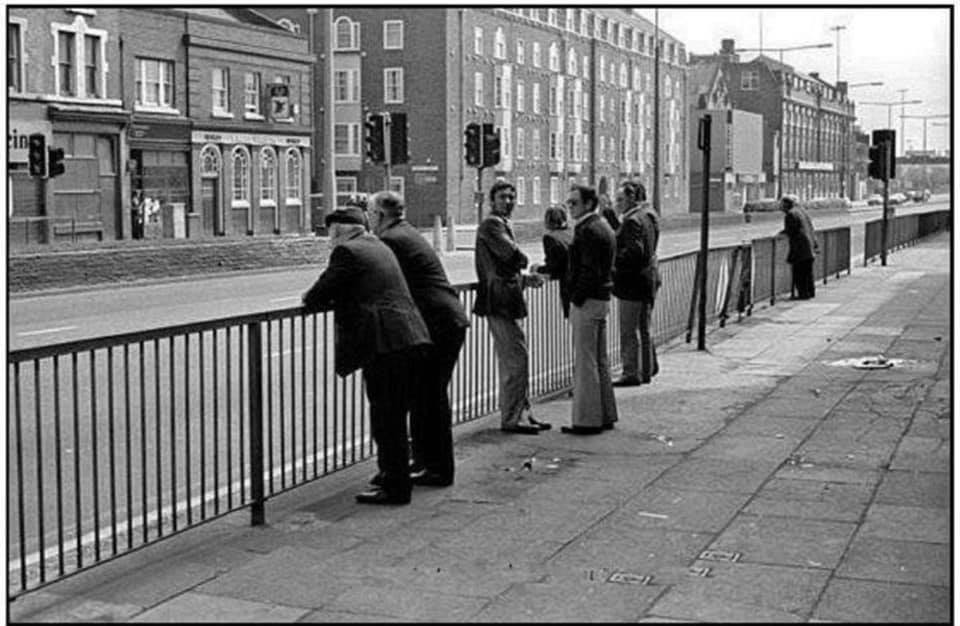
-
The former Taverner's sweet shop on Scotland Road, on the corner of Kew Street.
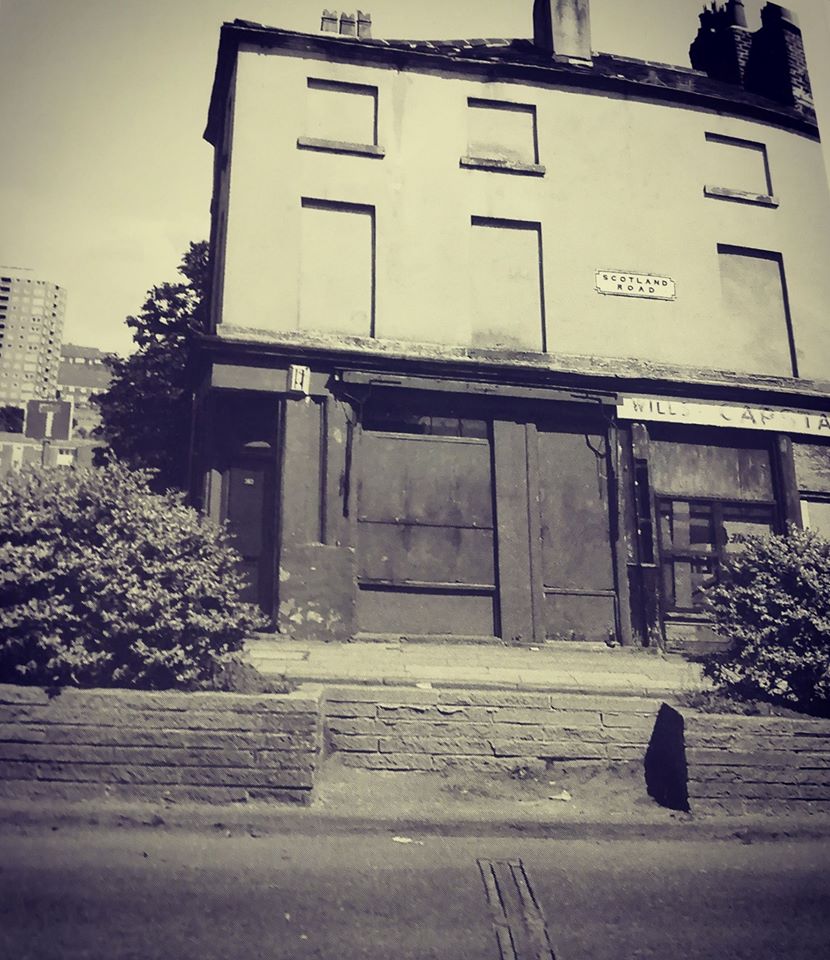
-
A fantastic picture of a busy Scotland Road in 1963
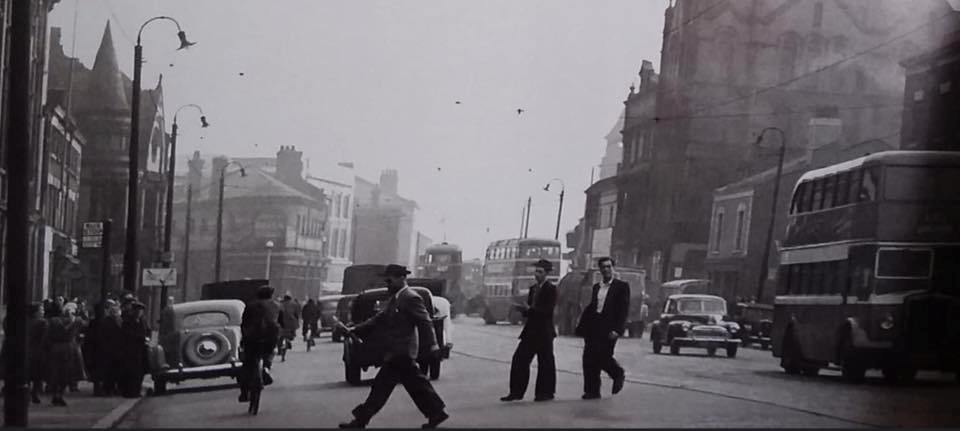
-
An illuminated view of The Hamlet on Scotland Road.

-
Where Cilla Black was famously brought up . . . above the barber's shop on Scottie Road.

-
Former chemist on the corner of Hopwood Street.
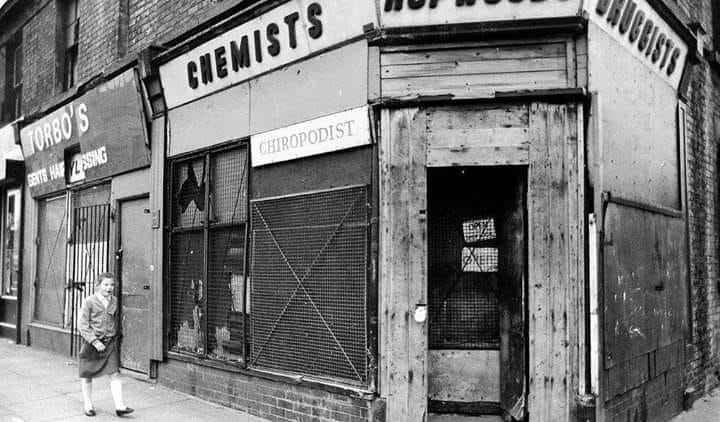
-
The former Westmoreland Pub on Scottie Road, the Honky Tonk
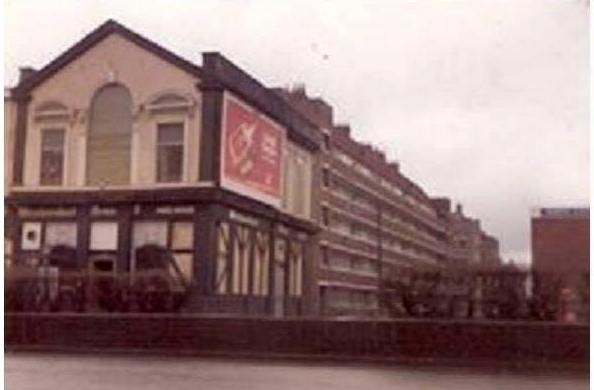
-
The original Paddy's Market (St Martin's) behind Scottie Road.
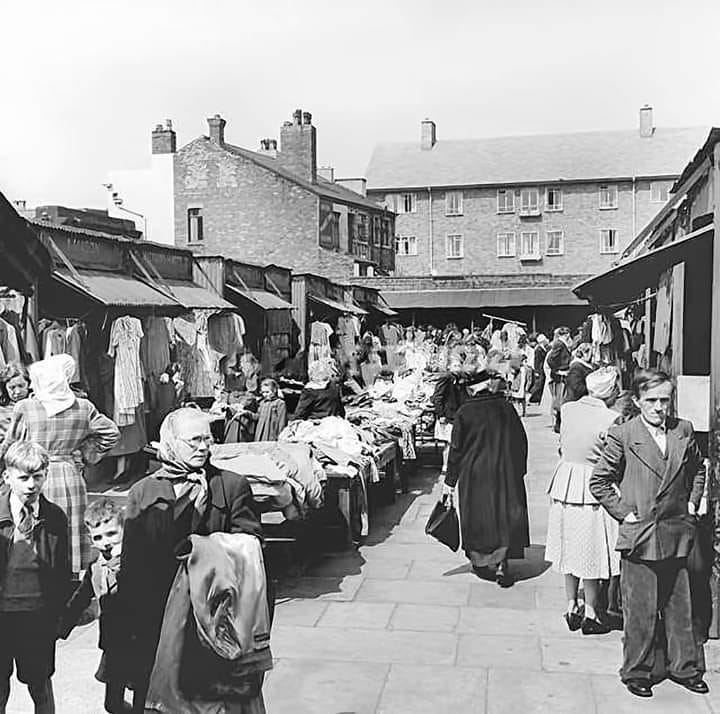
-
An old office equipment shop on Scottie next to another of the famous pubs.

-
Looking up across Scotland Road to Everton's heights on a snowy winter's day, from an upload by Brian Riley.
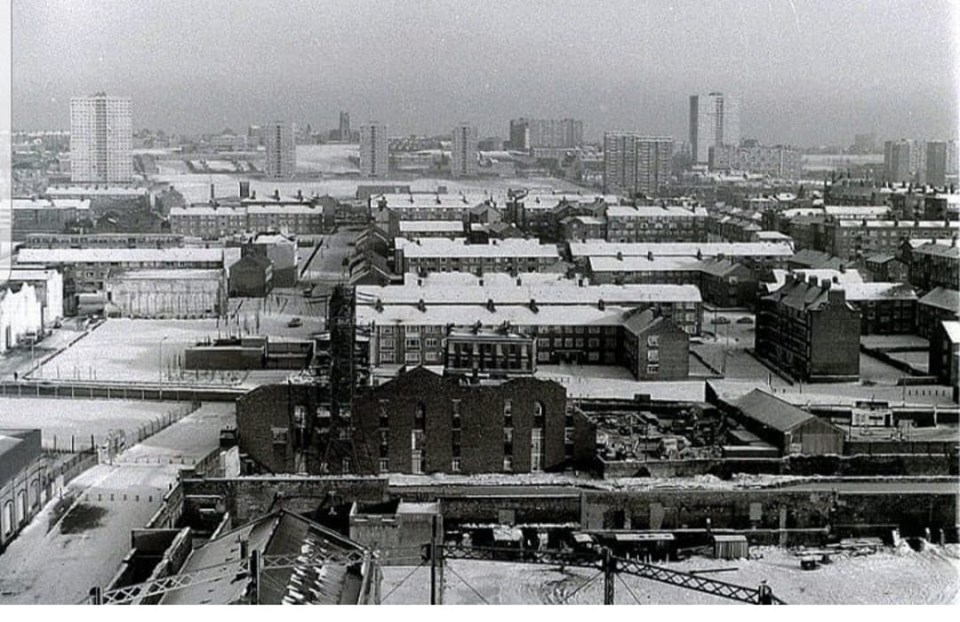
-
Looking across towards the Parrot pub on the corner of Hopwood Street on Scotland Road.
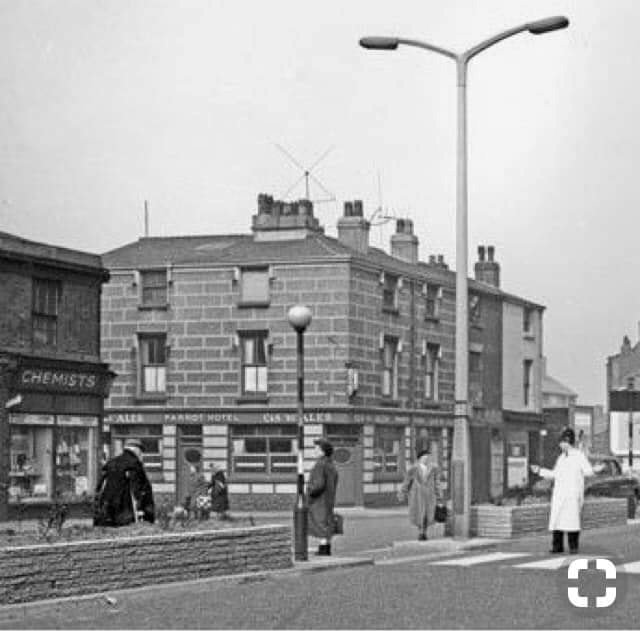
-
Daly's - known as the 'Holy Shop' on Scotland Road.
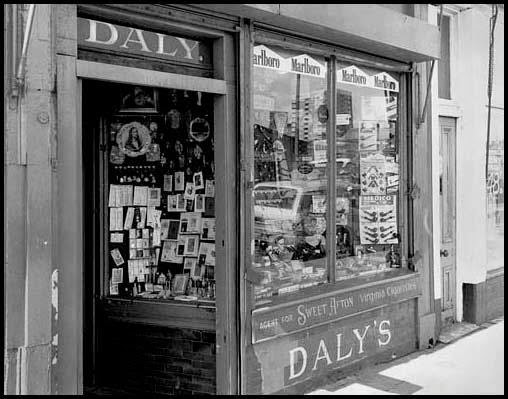
-
An advert for the former and famous Rotunda Theatre on Scotland Road.

-
Seth Davy at the Scotland Road and Bevington Bush junction in 1900. A classic picture of old 'Scottie'.
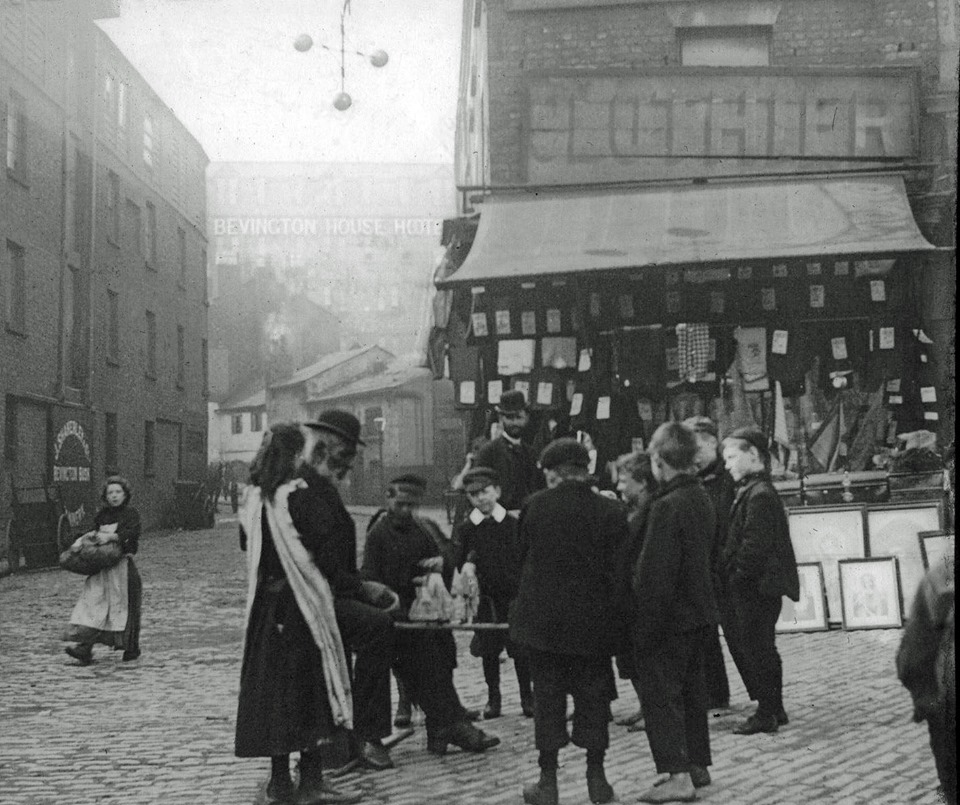
-
The Cornerhouse pub on the corner of Scotland Road and Athol Street.
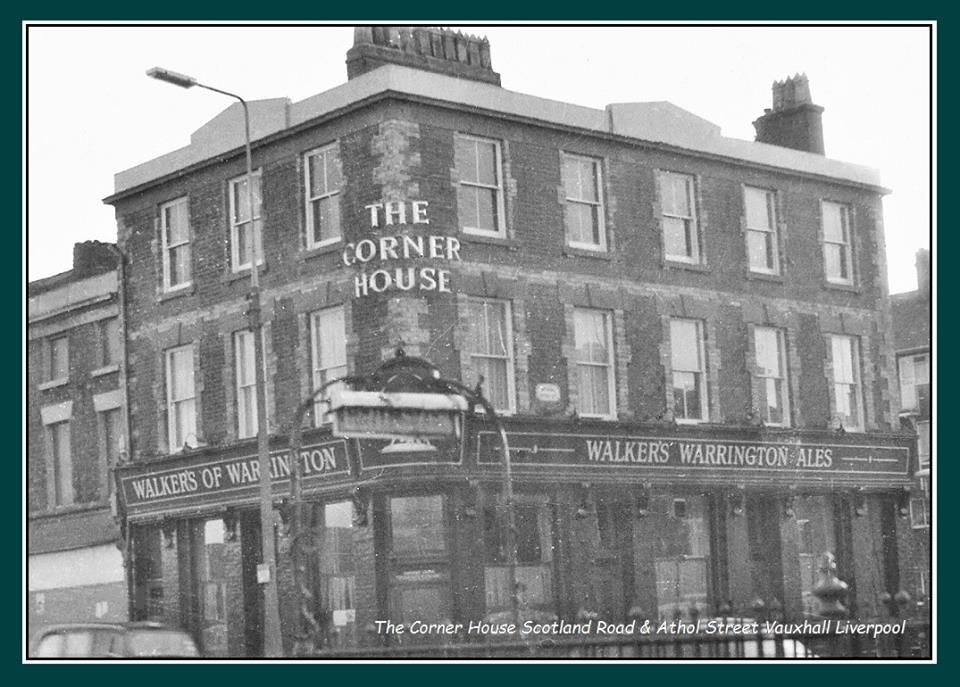
-
Scotland Road Lending Library 1939

-
The former Liverpool Savings Bank building on Scotland Road.
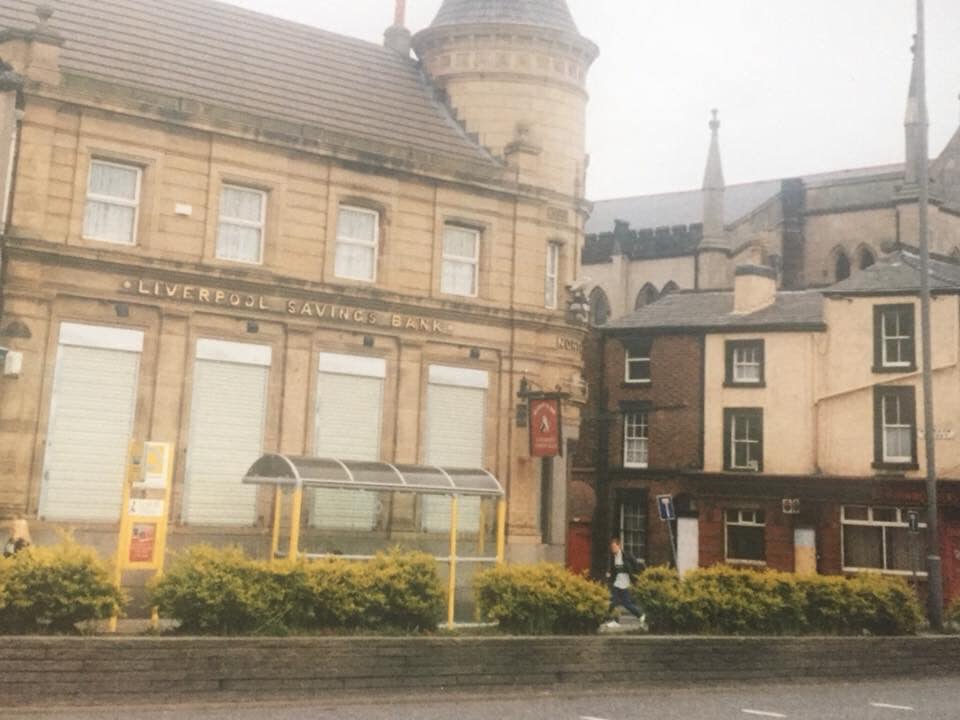
-
Daley's so-called 'Holy Shop' on Scotland Road.
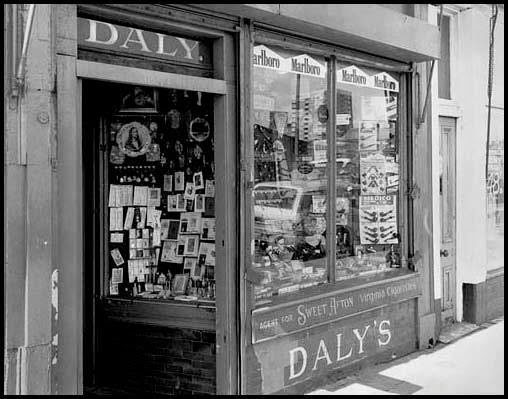
-
Another picture of the Gaeity Cinema on Scotland Road, close to the junction with Edgar Street.

-
One of the famous old Ribble buses approaches Scotland Road from Kirkdale Road, an outstanding colour image. Uploaded by Mark Clarke onto the Greaty Facebook platform.
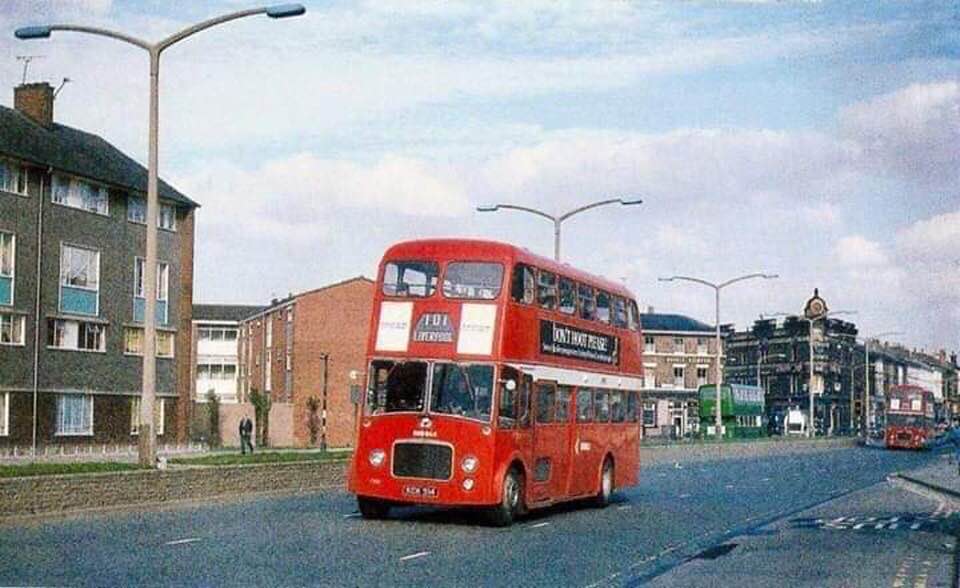
-
The little shops have gradually disappeared from Scotland Road.

-
It has always been busy on Scotland Road, pictured here in the Sixties.
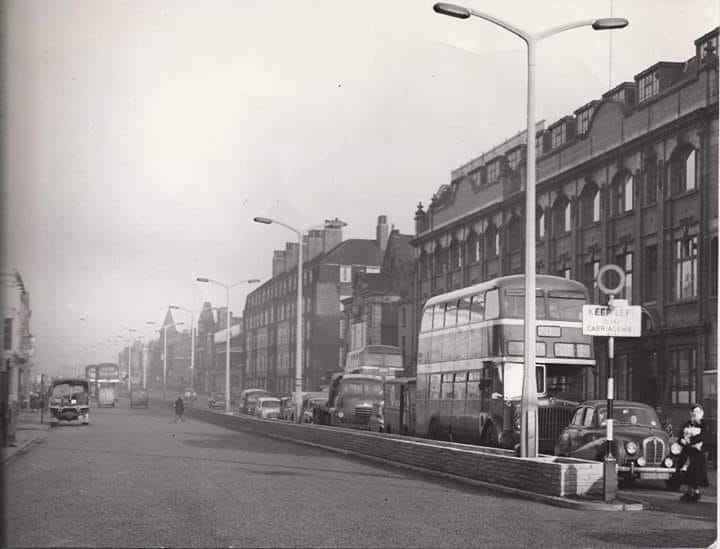
-
Classic old car on Scotland Road in the 1950s.

-
Scotland Road pedestrian crossing.
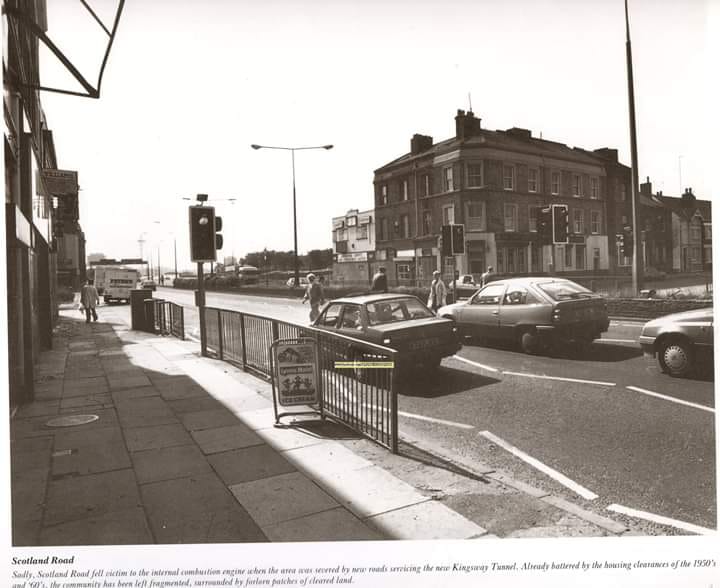
-
Hamlet Pub Scotland Road

-
Scotland Road area tenements 1910.

-
Sammy Kam's fish & chip shop on Scotland Road
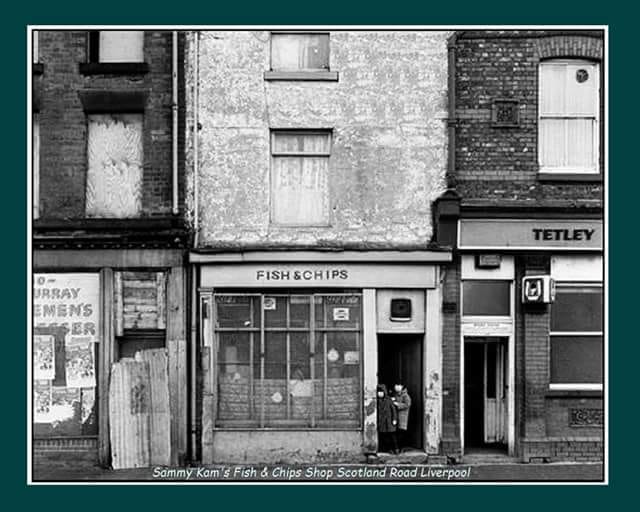
-
A good shot of the Throstles Nest pub on Scottie.

-
A lady on her way to or from the local washhouse in the Scotland Road area.What would we have done without our old prams!
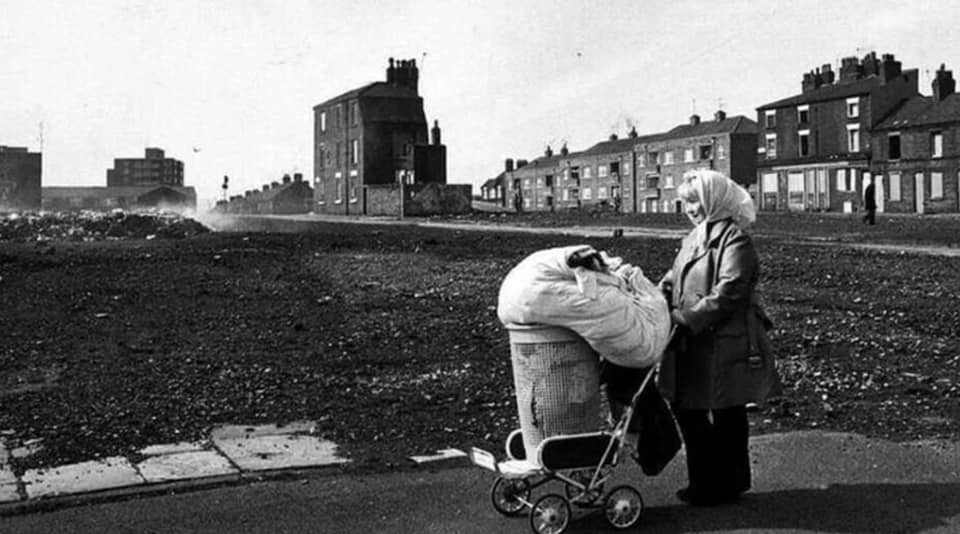
-
Scotland Road 1965.

-
Doe Shelbourne Hardman uploaded this great shot of the Gaeity Cinema on Scotland Road which opened in May 1913. The last show was May 1960 with ‘That Kind of Girl’ featuring Sophie Loren, plus ‘Thunder in the Sub’ starring Robert Mitchum.

-
The Scotland Road block on the Vauxhall Road side that featured Ellis's Stores with Tenterden Street (right) and Hornby Street (left).

-
Scotland Road at Bevington Hill.

-
Scotland Road towards the once familiar Roundabout Cafe in 1966.
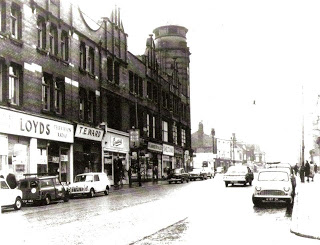
-
Scotland Road at its junction with Taylor Street that ran through to Great Homer Street.
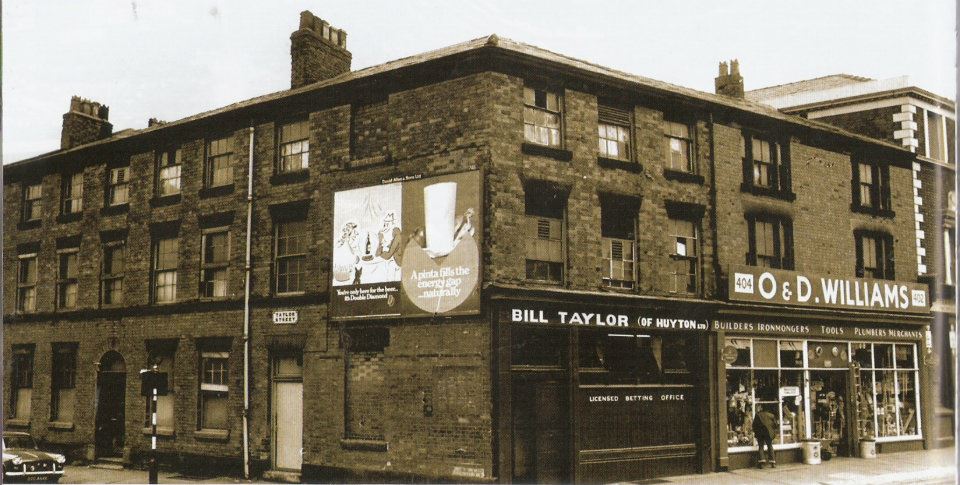
-
A Scotland Road scene in 1949. This area was badly damaged during WW2.
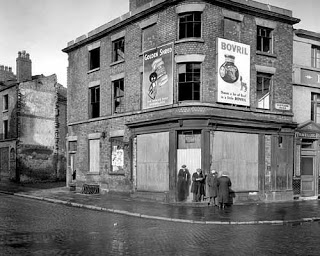
-
A 44 tram passes the Throstle's Nest pub on Scotland Road in 1957.
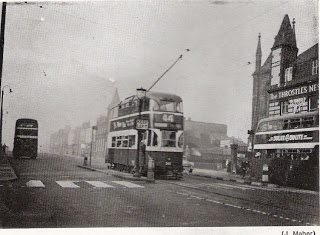
-
An interesting shot of another of those three storey Scotland Road blocks, this one containing a sweet shop alongside the former Saddle Inn, one of the many 'Scottie' pubs that were once the heart and soul of this famous road.

-
A Scotland Road memory from Terry McArdle. He said: My old home, opposite Penrhyn Street, was 287 Scotland Road, 1950—1965. The 4 properties left to right, were: 285 McNivens (Tobacconist and Sweets and later a chippy); 287 Dr Taaffe’s Surgery; 289 Girvans Chemist, later Dr Attwood’s Surgery; 291 Threlfalls Grapes known locally as "The Foot Hospital". Photograph was taken a few weeks before the 4 story flats, now next door to the left, were built.
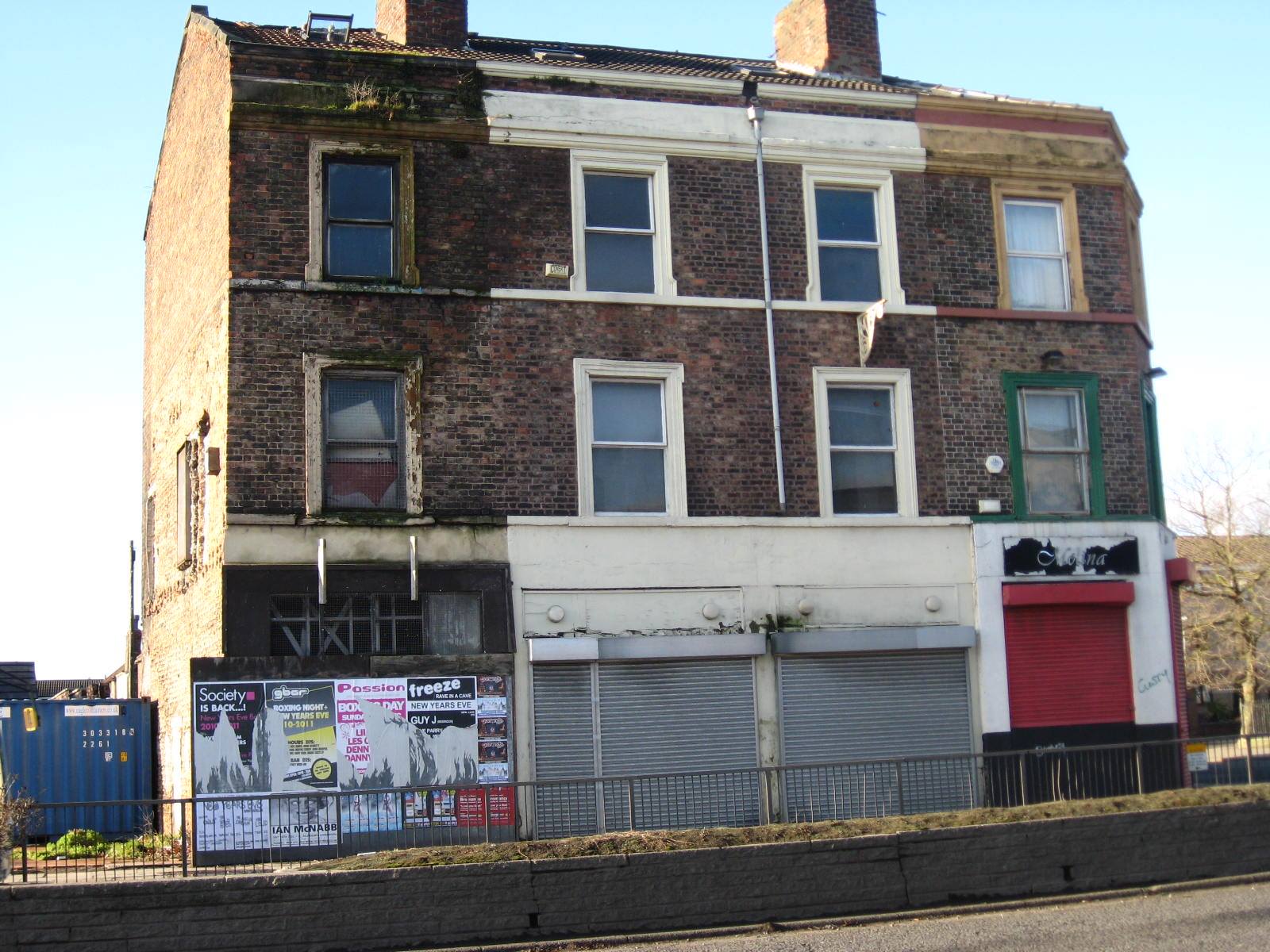
-
The junction of Scotland Road and Stanley Road with its underground toilet on the triangle. More significantly, two former well known pub sites, the Corner House and Clifford Arms (right),

-
The Lord Mayor on a 'State Tour' with carriages along a wet Scotland Road in 1951.

-
Looking north up old Scotland Road on a busy day

-
The Rag ‘n Bone men that once toured the streets of Everton & Scottie Road were like latter day pied pipers, bringing the kids out onto the streets with their familiar cry of ‘Toys for Rags’ – often offering something as simple as a balloon on a stick or a plastic monkey that climbed up and down a tiny plastic ladder. Here is a fantastic picture of one of these ‘tatters’ with his horse and cart. Everlyn Munroe Reay confirmed via Facebook that this is her father and her little brother. She said her father worked so hard for eight kids and was 84 when he sadly passed away in 2015. The horses were kept in Sandhills. In identifying exactly where this is, it could be Vauxhall Road during the demolition period. Denis Hargreaves has suggested that the tower blocks could be Blenheim Tower and Tatlock Tower in between Blenheim St and Tatlock St with the white building behind the horse’s mouth Tatlock Vaults. I wonder if the chimney on the slope to the right in what would be the Scotland Road horizontal line could be the square chimney of the Dalrymple Street lemonade factory which had a tower and a chimney. The tower could have gone at this point.The only other thought is that there was a chimney behind what was the former mill on the west side of Scotland Road although unsure when this was demolished. If anyone can clarify this or has a different thought, please upload a memory, but for now the excellent image sits with the Scotland Road collection.
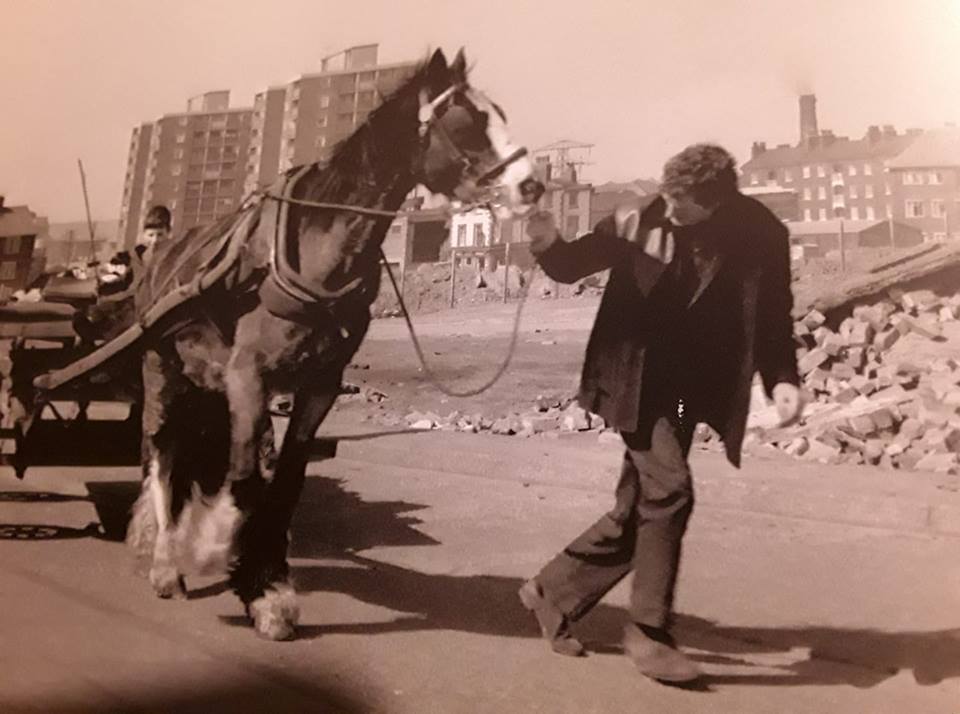
-
Happiness was an old sweet shop on Scotland Road, captured in the eyes of these kids and the lady who has just sorted out some delicious treats.
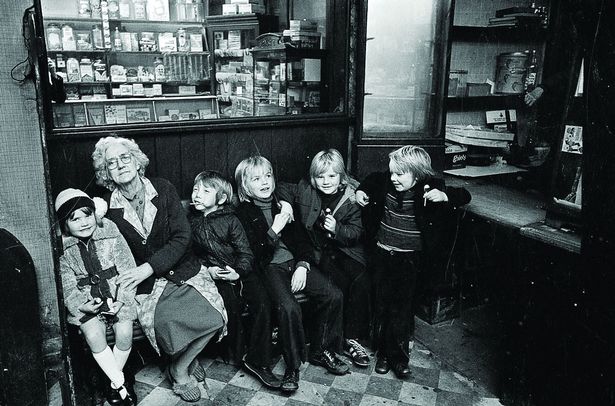
-
The proprietor of the magnificent new Rotunda Theatre at the junction of Scotland Road and Stanley Road announces the opening of a venue that would be loved by its patrons in the area. The theatre would remain a central part of Scottie Road life from 1879 to 1940 when it was bombed by the Germans during WW2. A picture of the Rotunda can be found further down the photo reel.

-
A great old photograph of the staff in the Parrot Pub on Scotland Road. The building still stands on the corner of Hopwood Street, but it's been a long time since it has been open to serve a refreshing pint of ale.
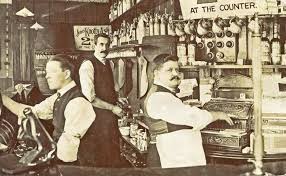
-
The underground toilets that people remember on Scotland Road at its junction with Stanley Road.
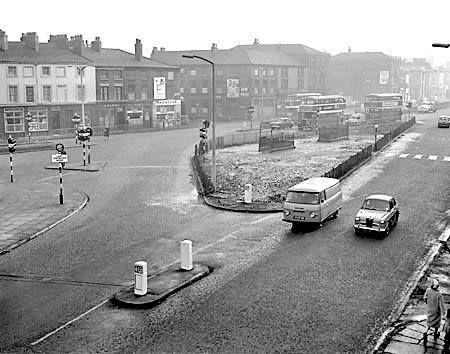
-
A solider stands guard at Leigh's Dairy, Scotland Road, during the 1919 Police strike.

-
This scene on a Scotland Road crossing was taken in 1960.
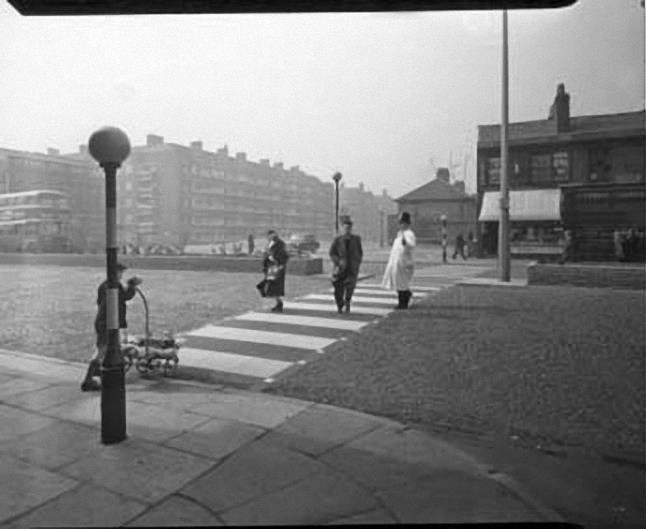
-
A Second World War bomb crater on Scotland Road. The district was badly damaged by German bombing, but the defiant community got on with life very quickly.

-
Scotland Road's Gaeity Cinema that closed in May, 1960, now a modern hotel.
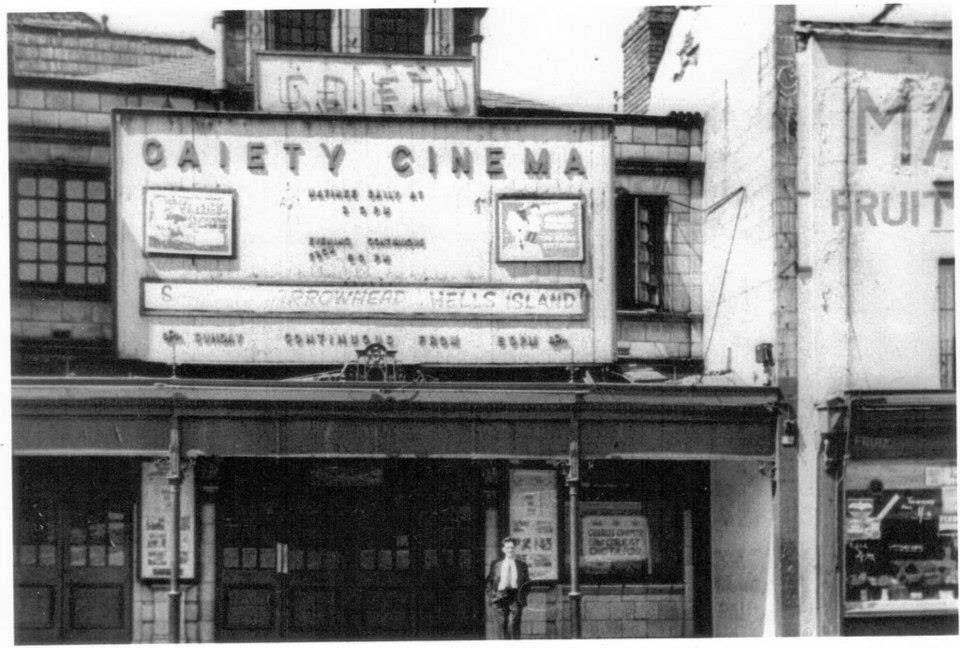
-
A boy in the doorway of the little shop known as Spenso's, next to the former Coyne's premises with a sign that declares: "Moved to new premises." Picture: John McDonald.
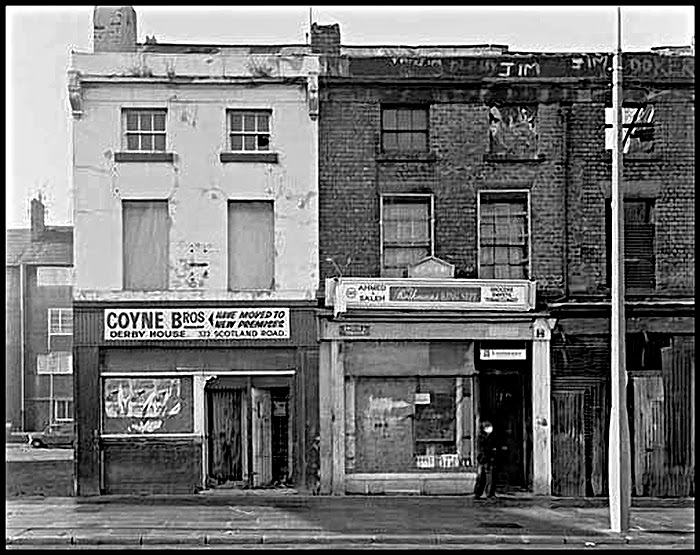
-
The famous Rotunda Theatre on its triangular site between Scotland Road and Stanley Road. It was built at the end of the 1800s but was damaged by German bombing in WW2 and demolished. People still refer to the site as The Rotunda, highlighting the impact the old theatre had on the community.
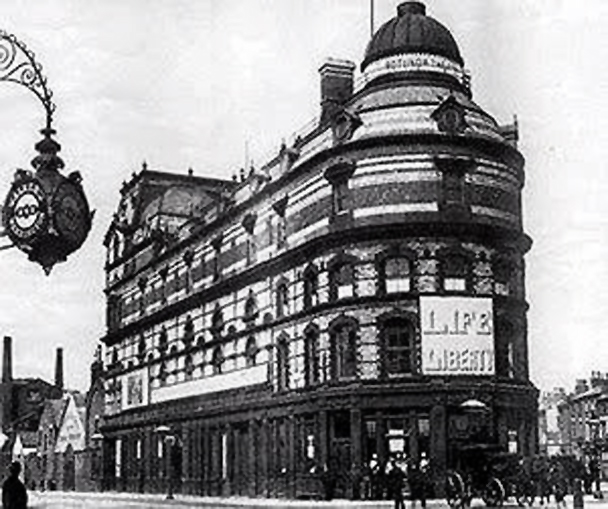
-
Chaucer House was a familiar sight to people along Scotland Road.
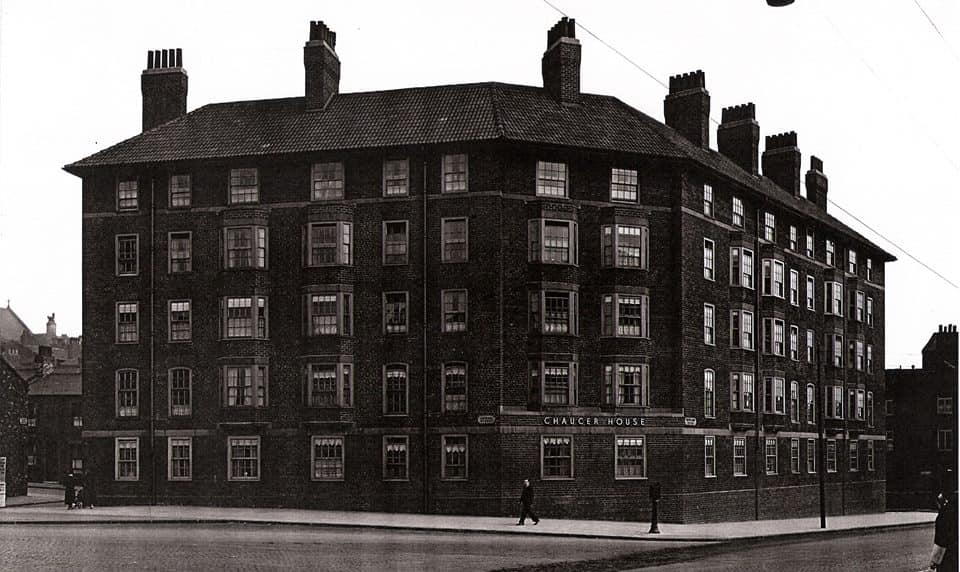
-
The Eagle Pub on Scotland Road is one of only two left in 2018 when there was once a hostelry on nearly every street corner.
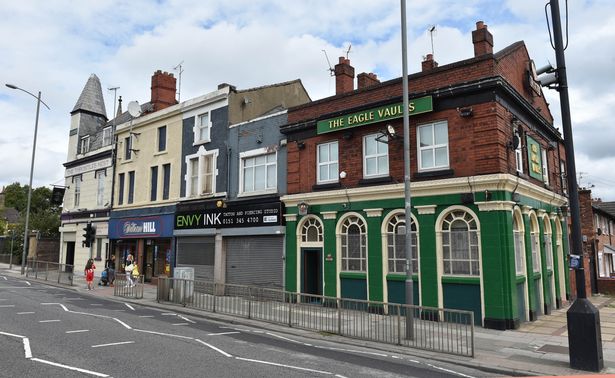
-
St Anthony's Church and the Throstle's Nest Pub on Scotland Road
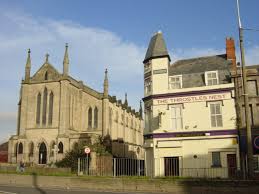
-
A typical old court off Scottie Road where families would be packed together
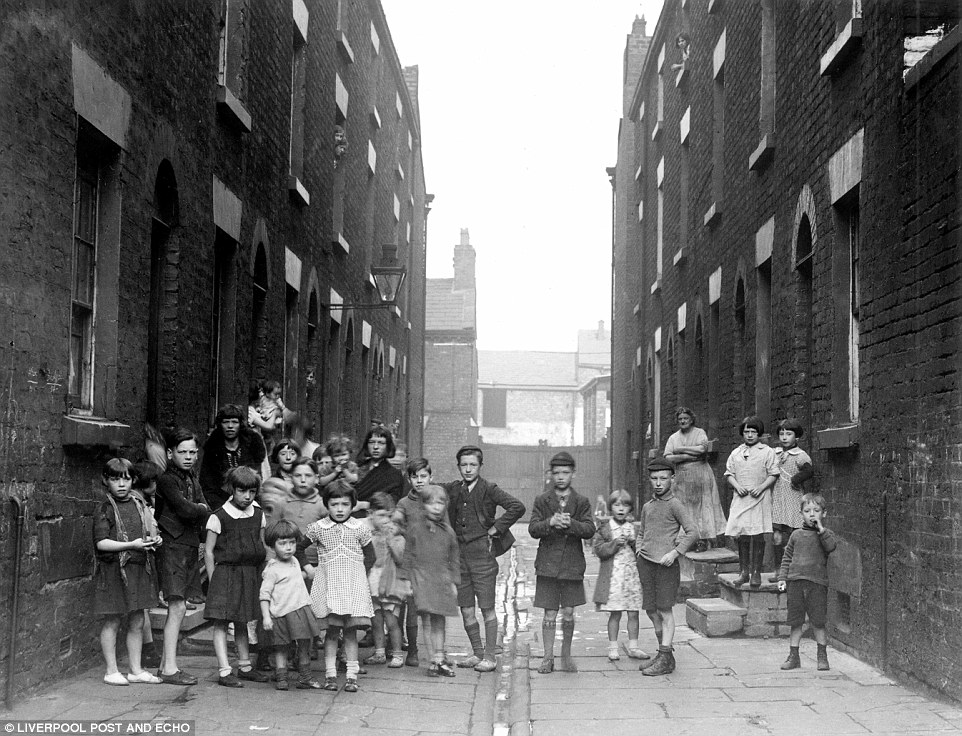
-
Scotland Road in 1908
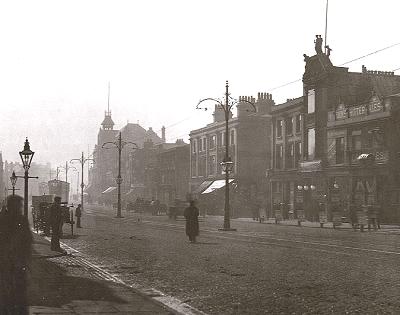
-
Leicester's Mill, Scotland Road in 1936, courtesy of Donald Muggeridge, California
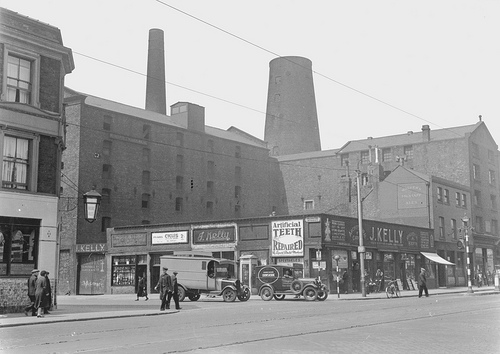
-
A great picture of a busy Scotland Road with a policeman manning the crossing near to the famous St Anthony's Church. The Parrot Hotel can be seen on the corner of Hopwood Street on the far side of the road, now sadly closed.
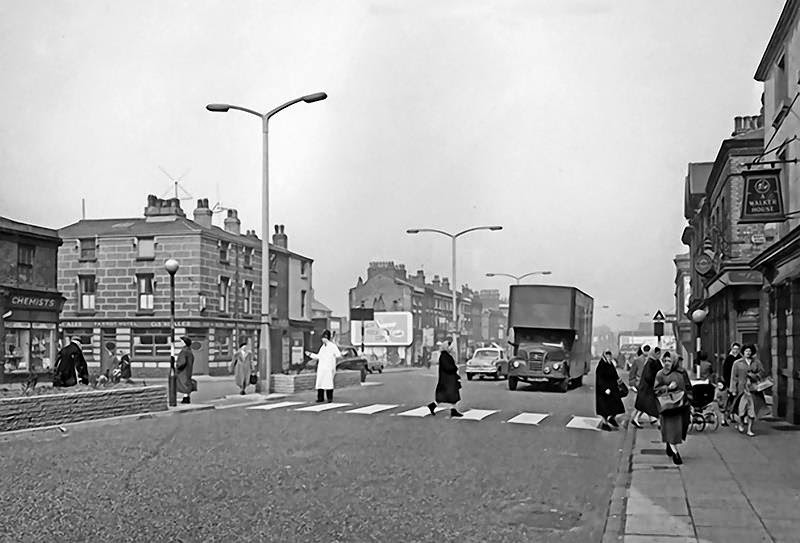

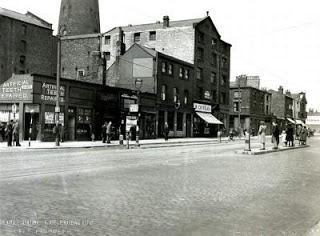
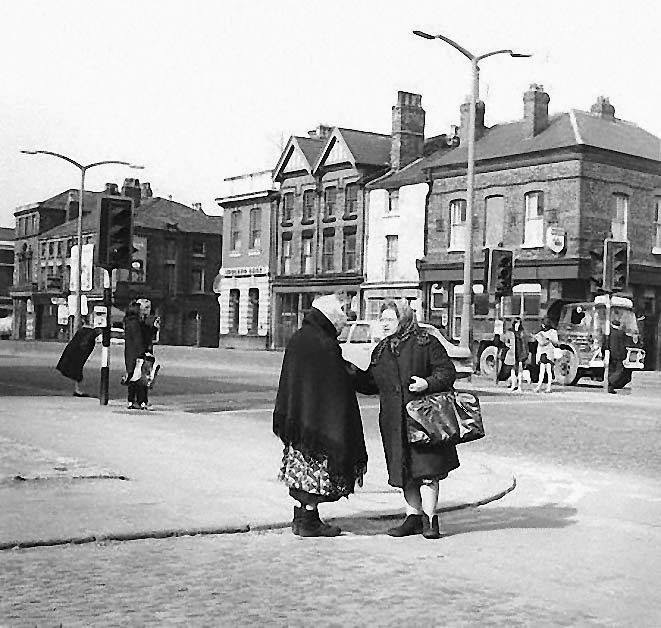
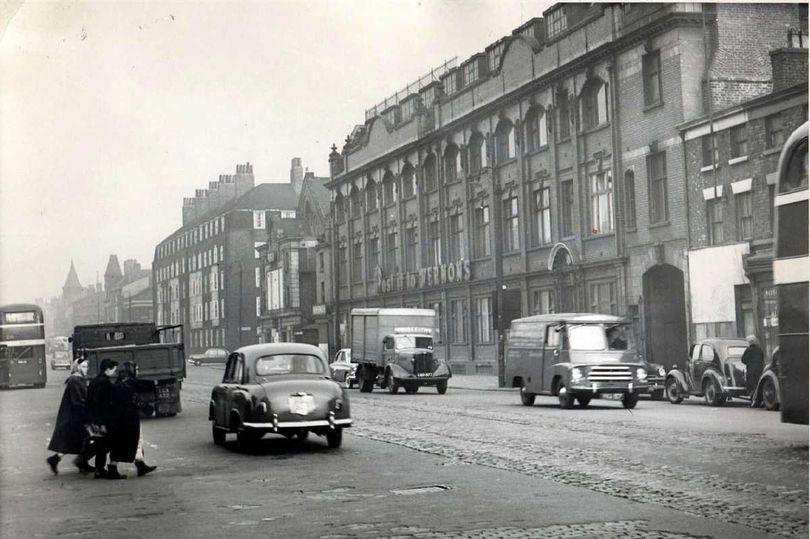
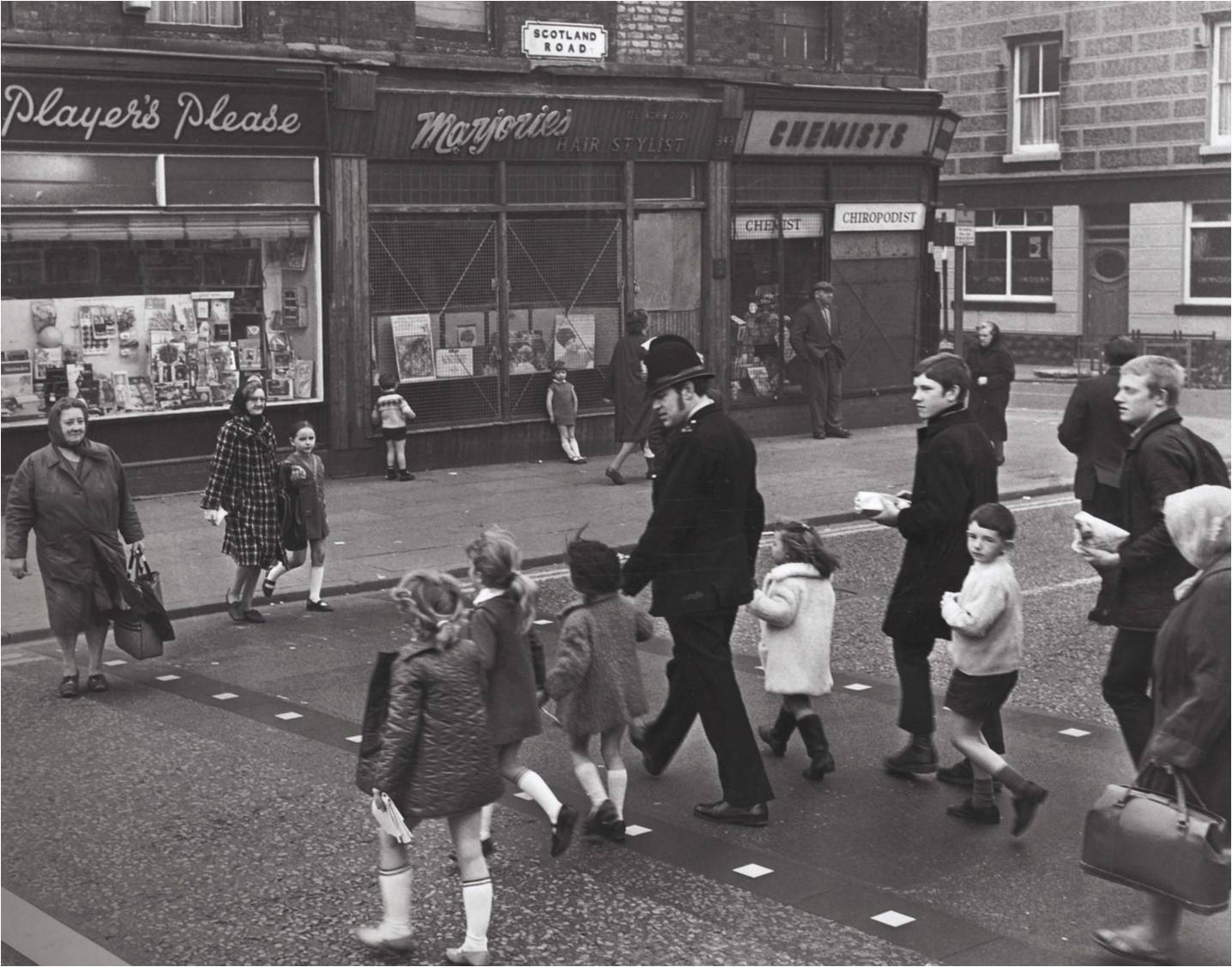
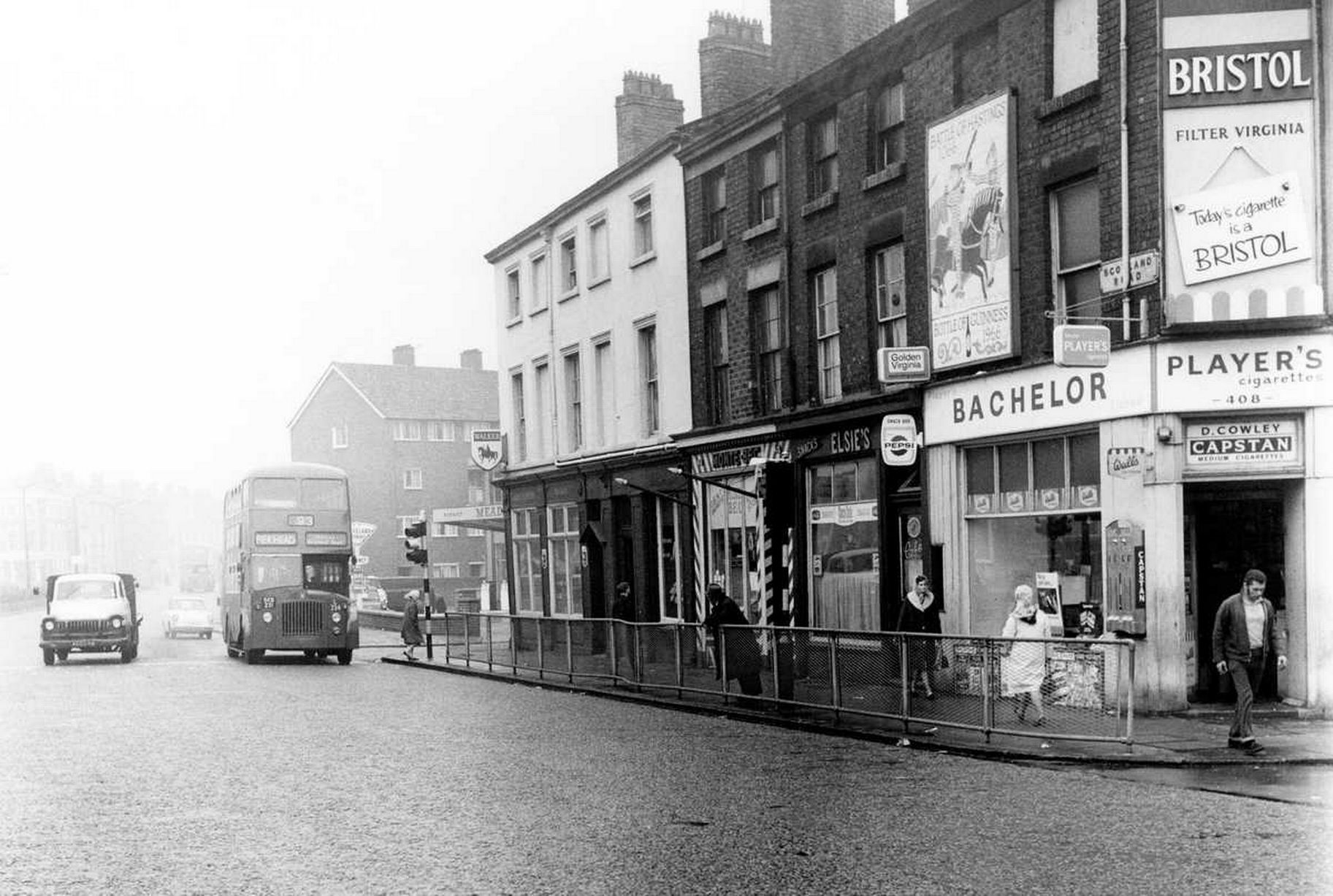
Thank you for your contribution!
Please check back in 24 hours to see if your photo has been approved.
Return